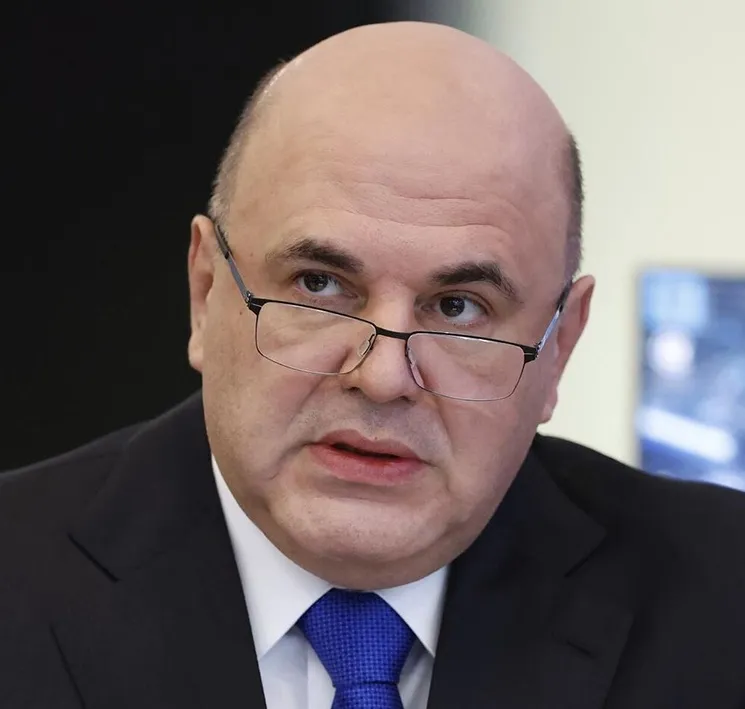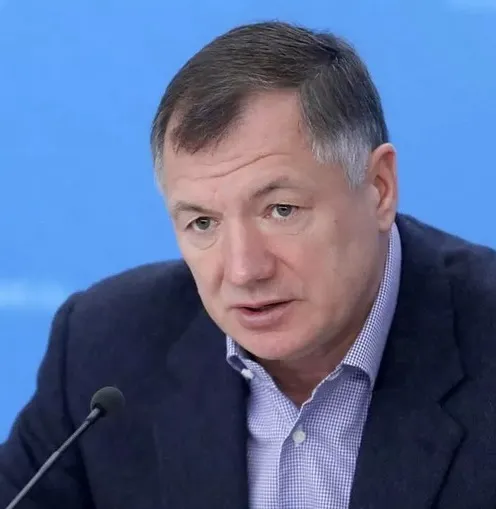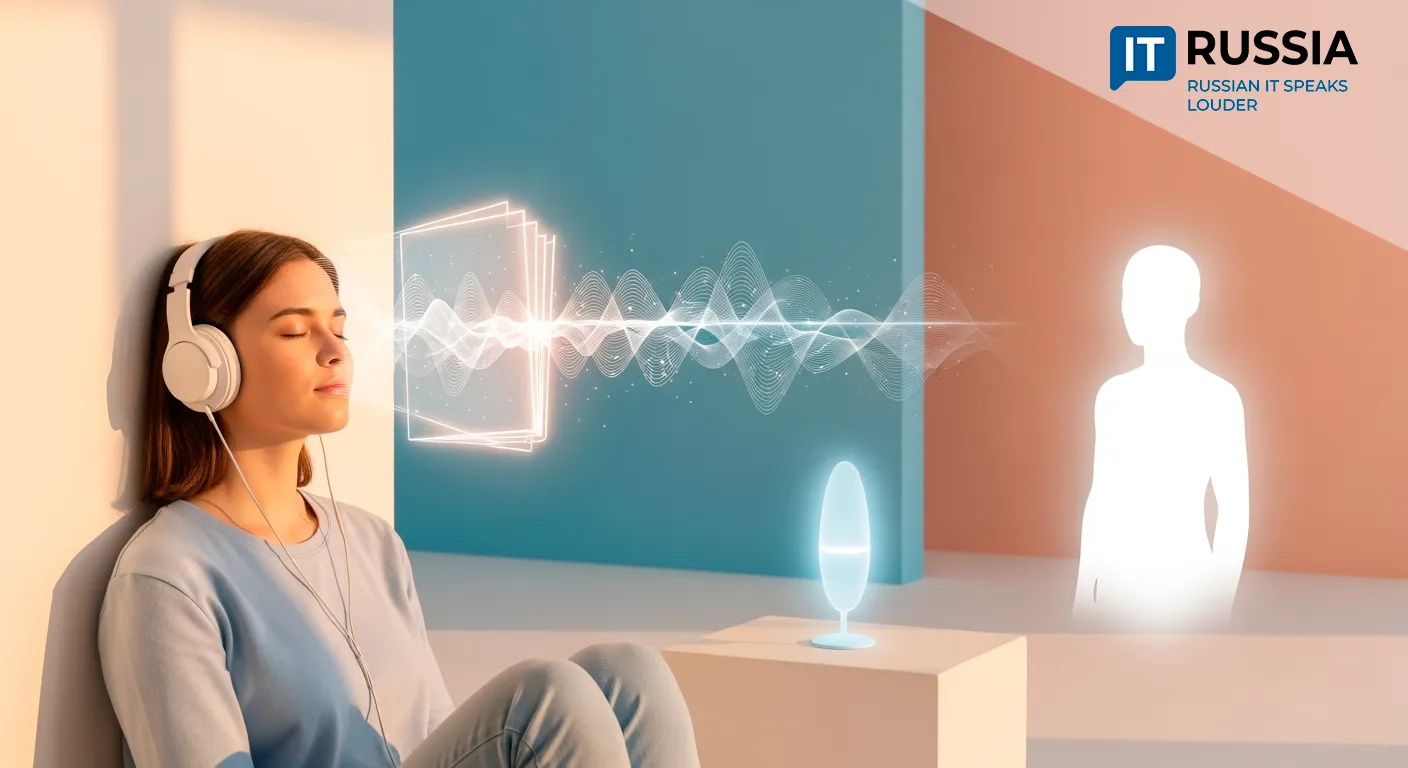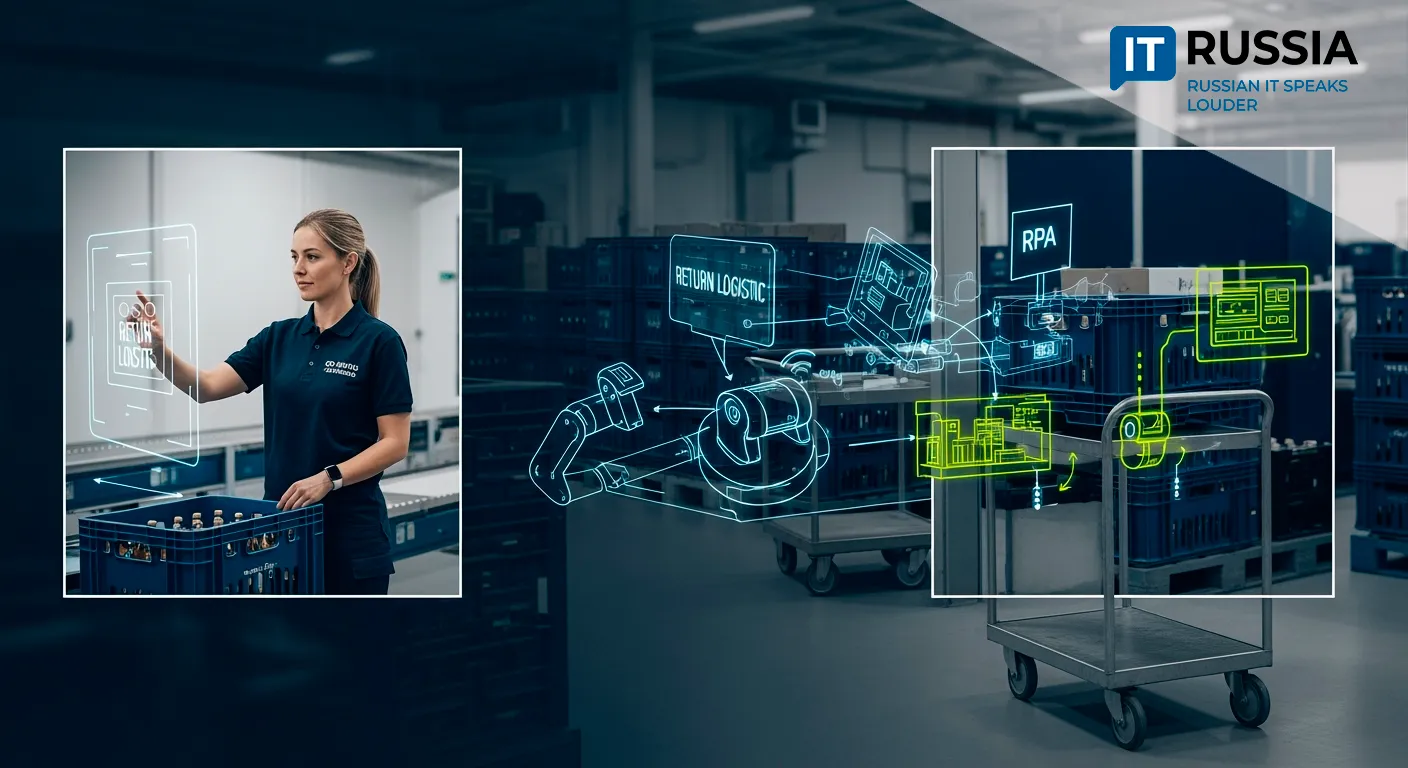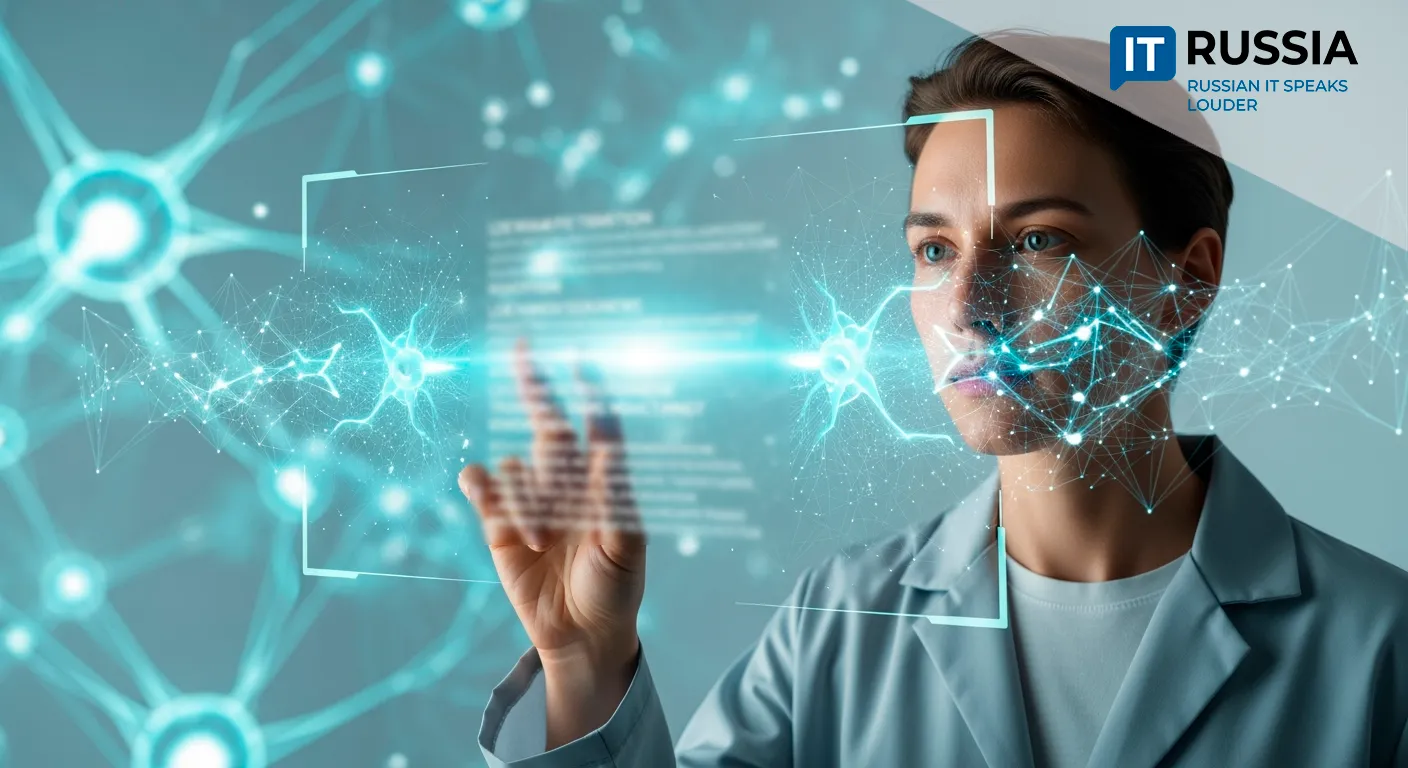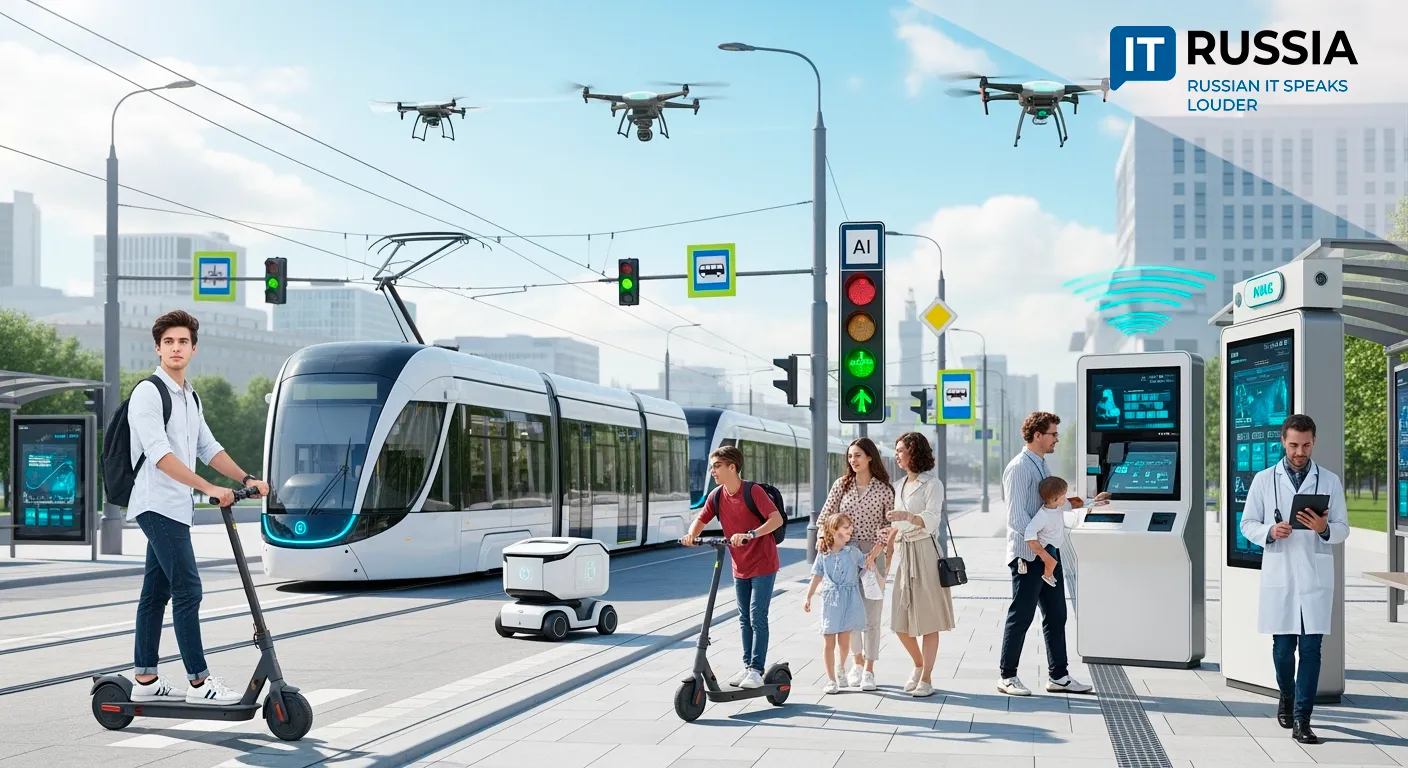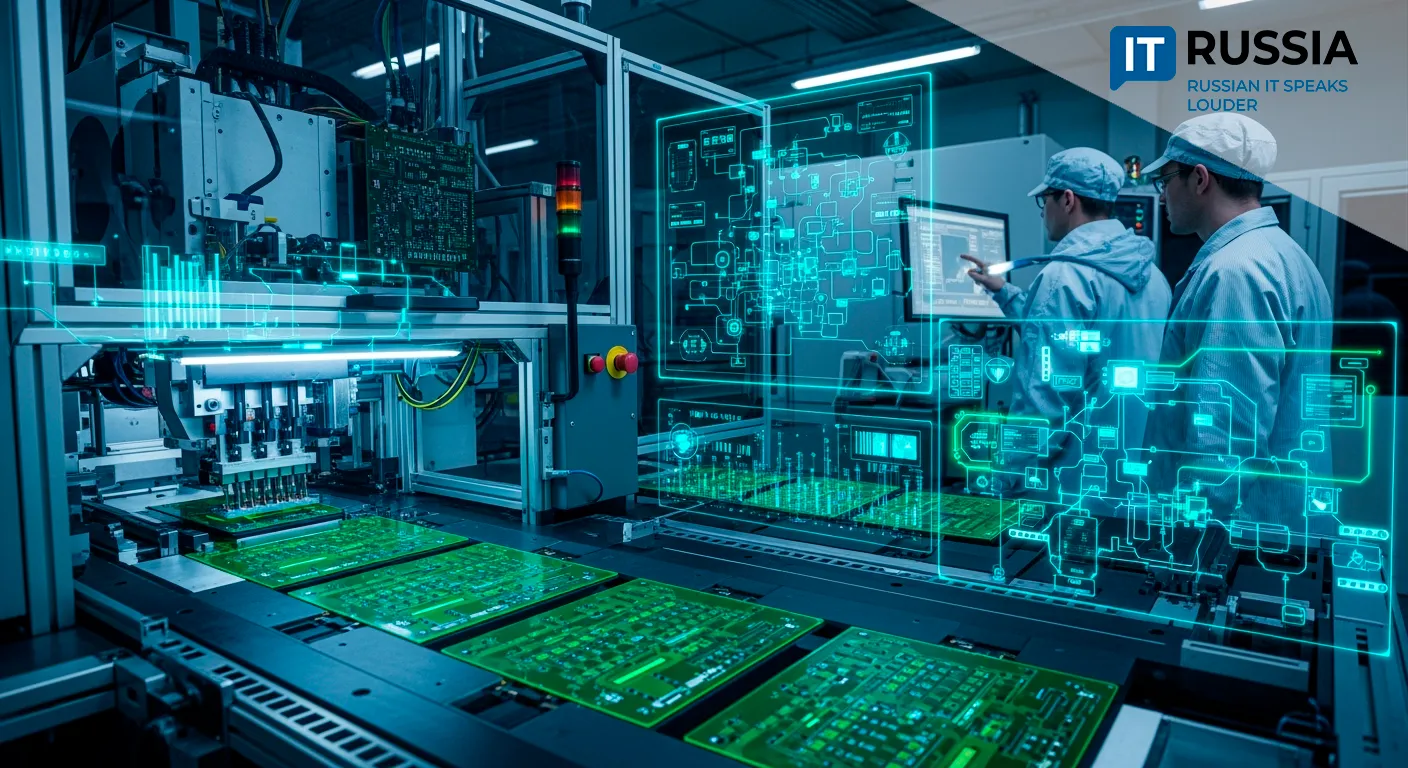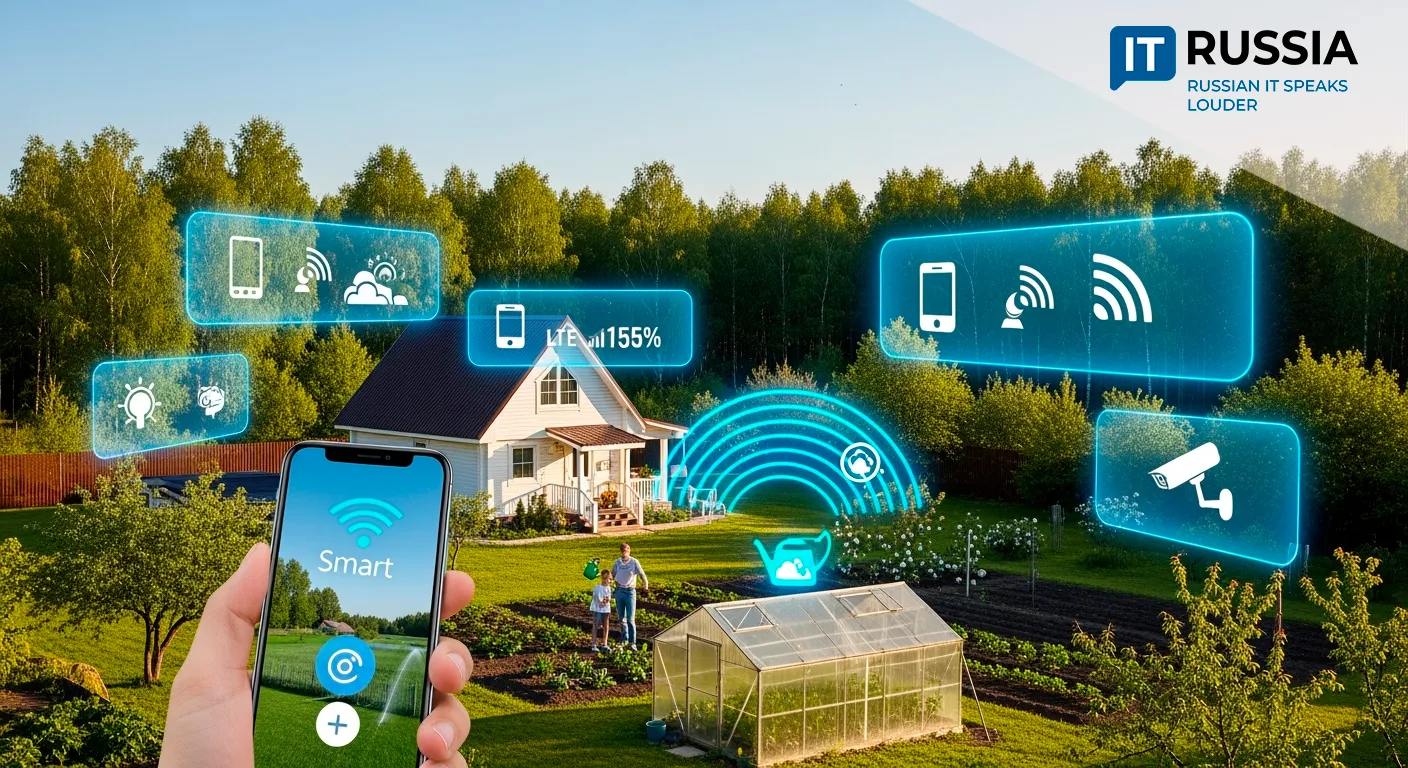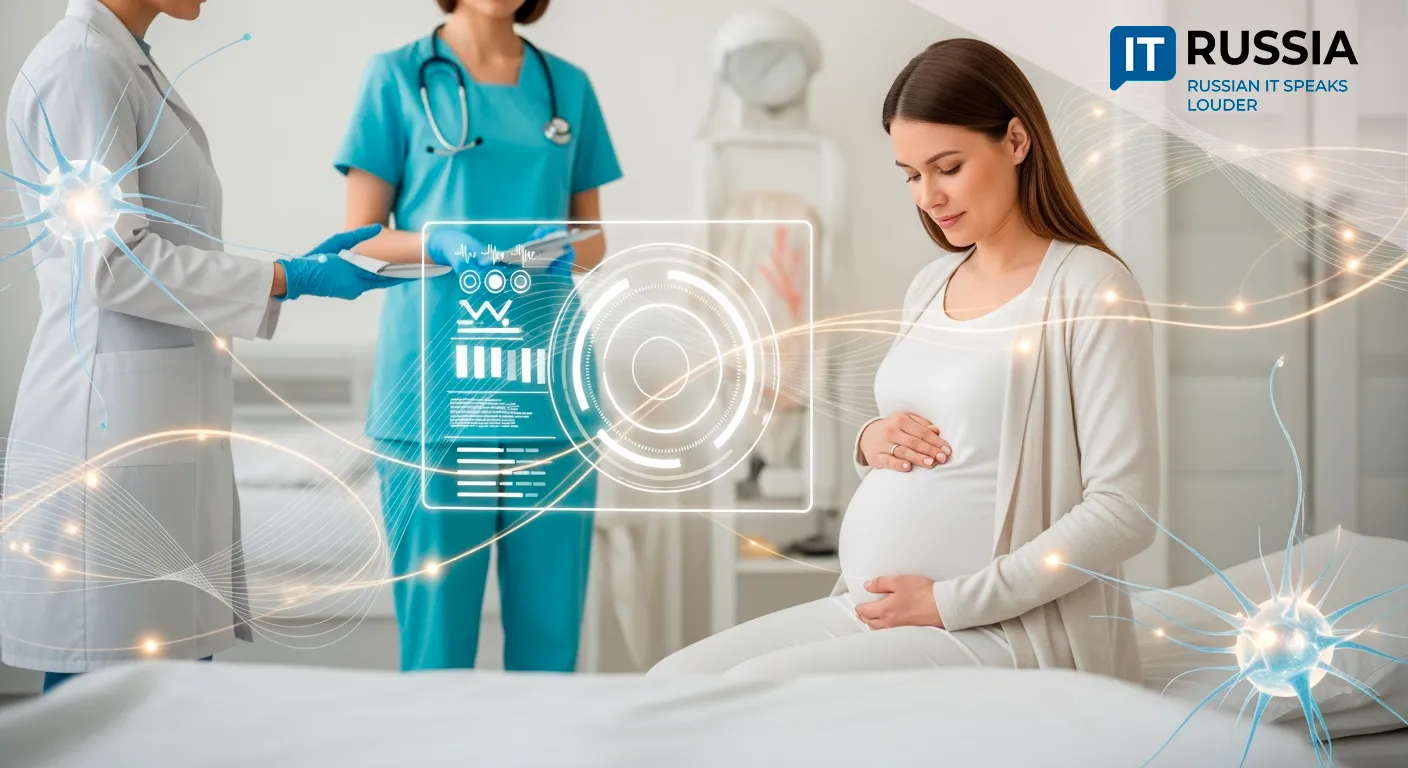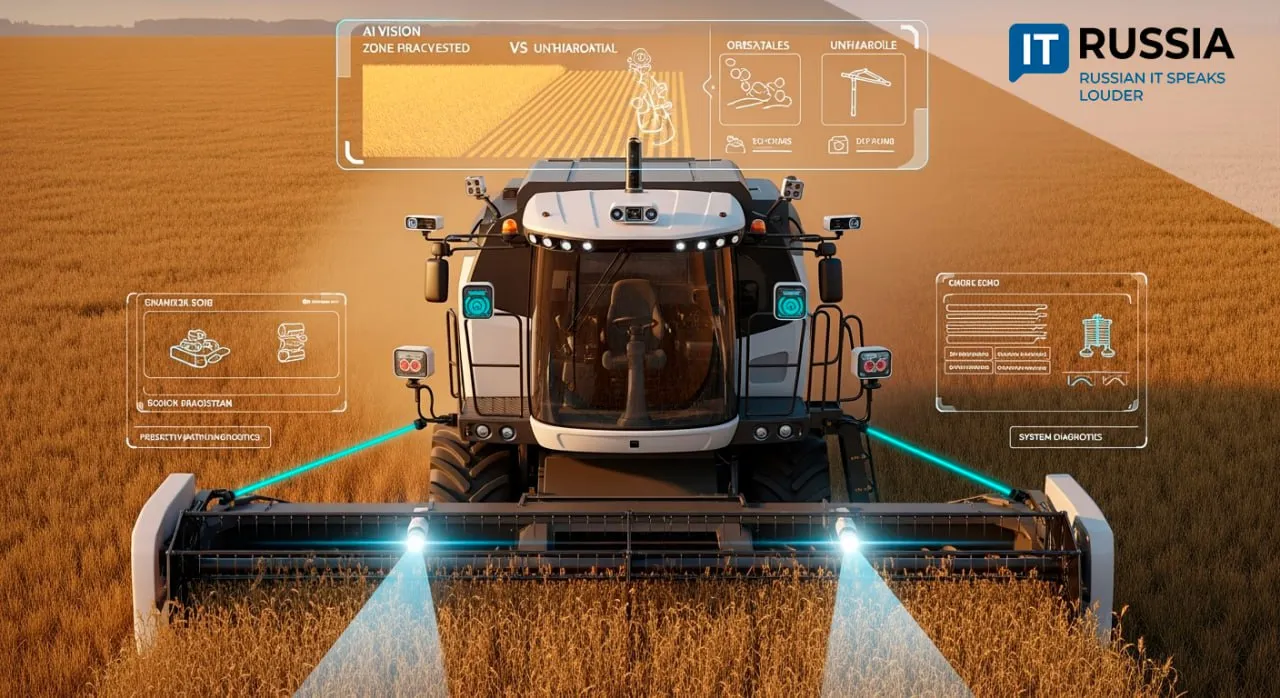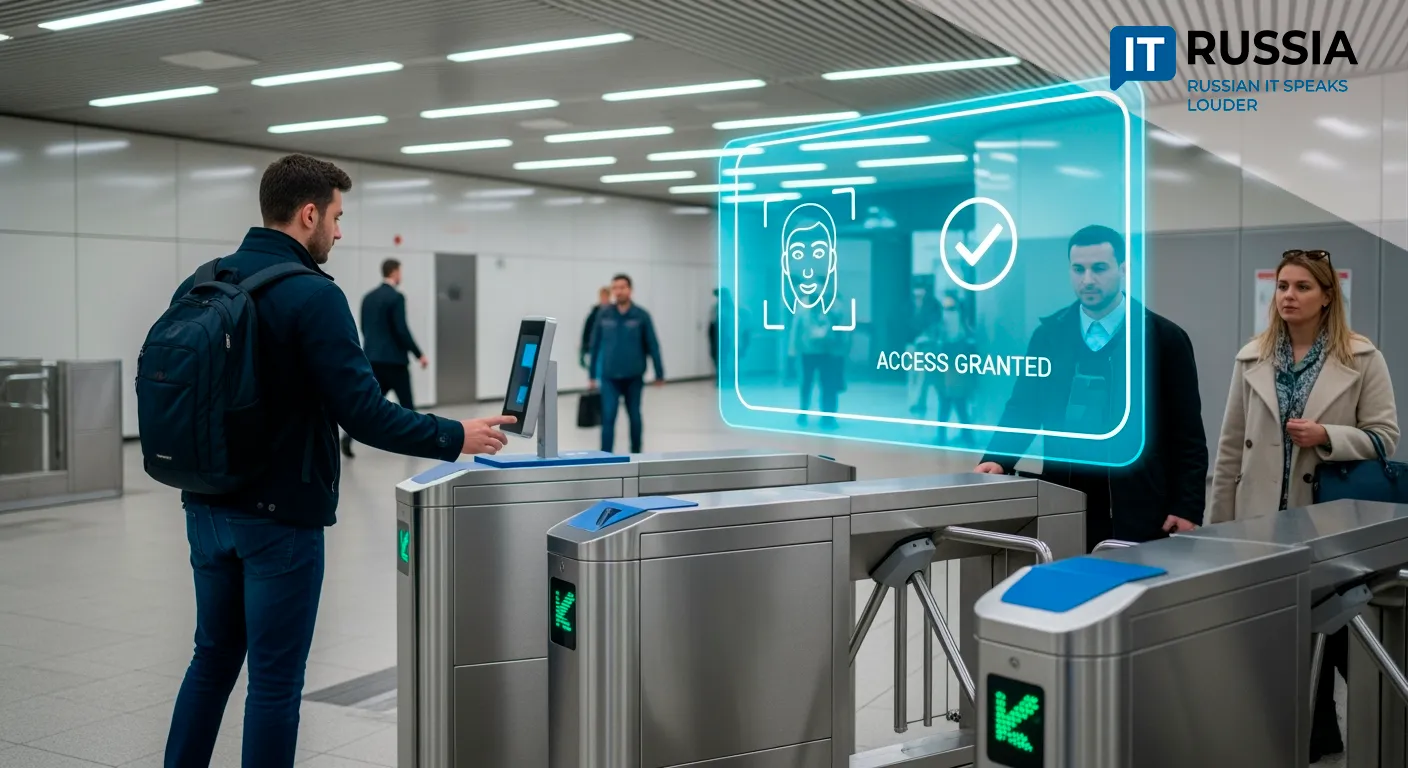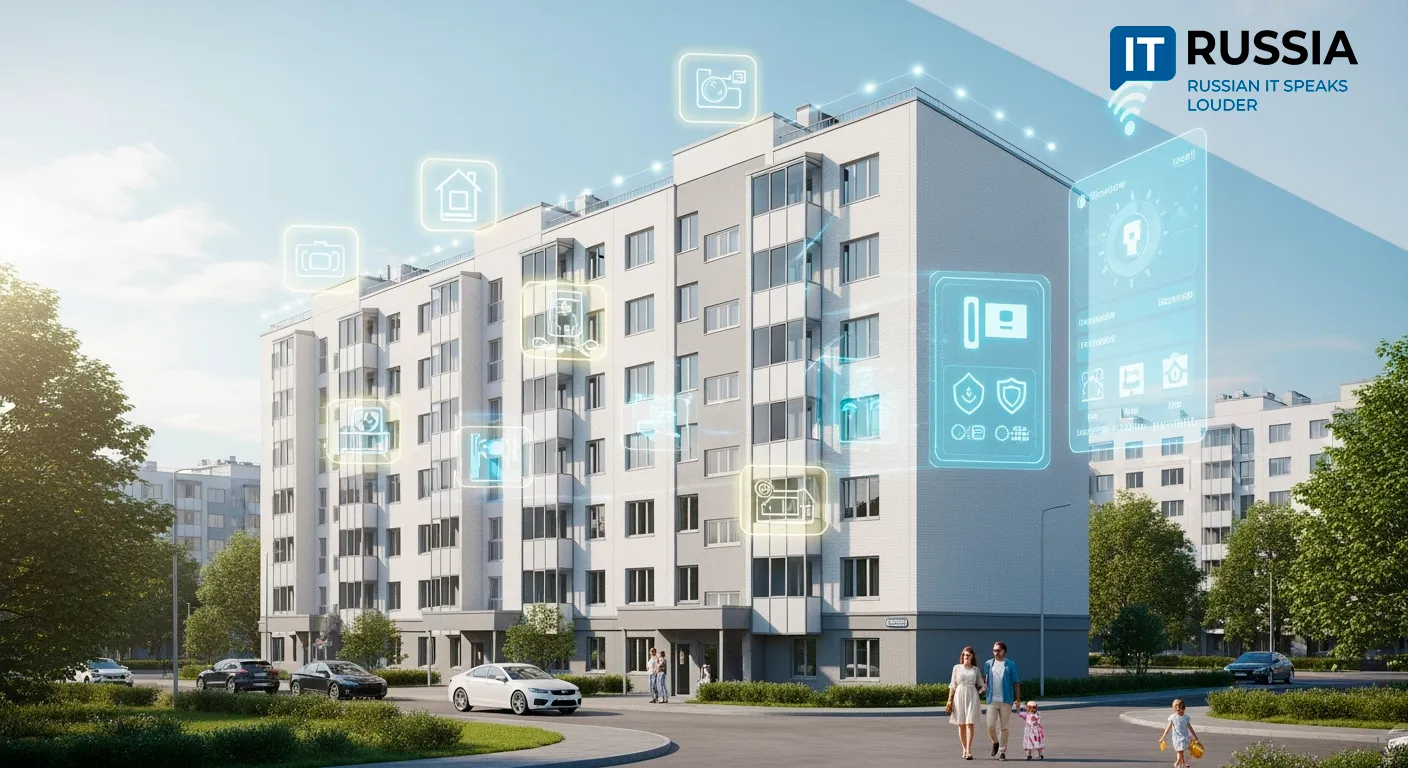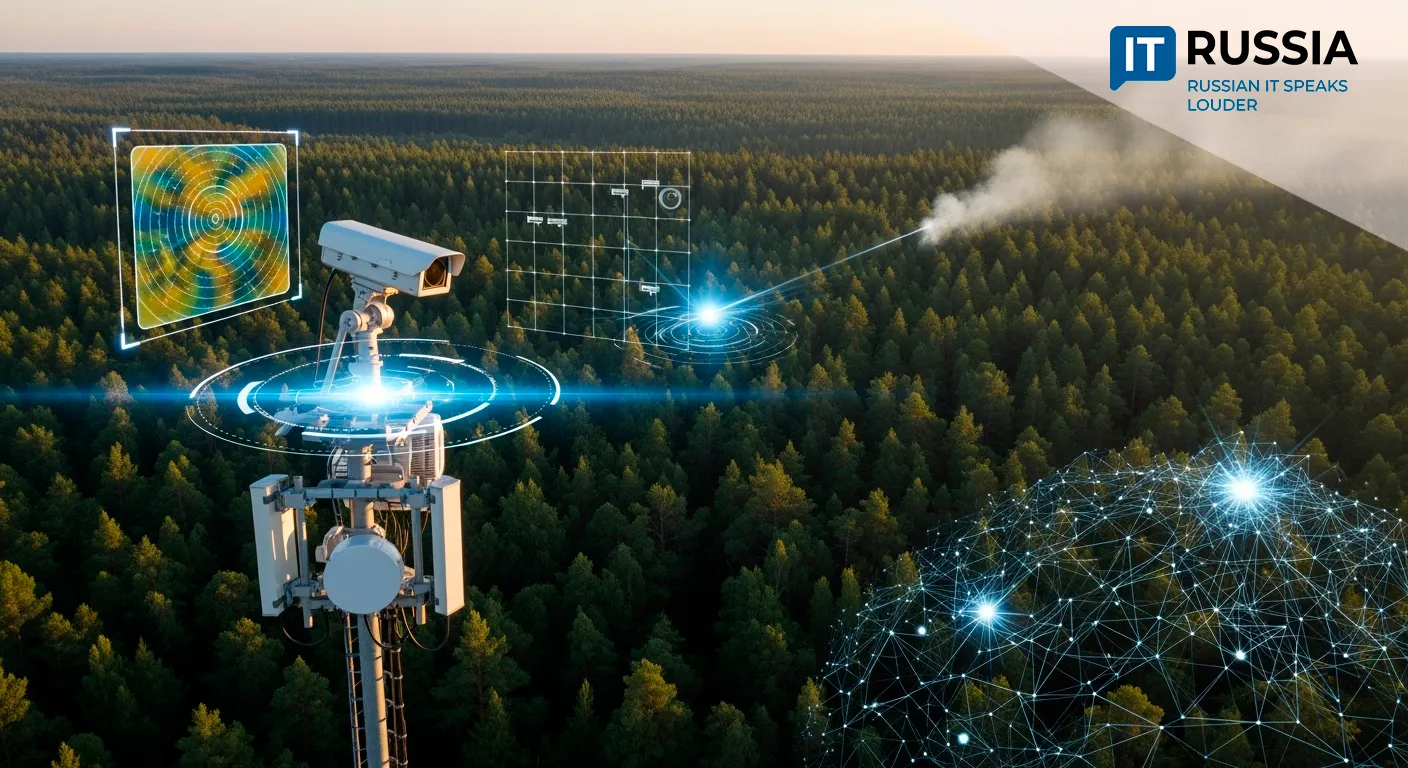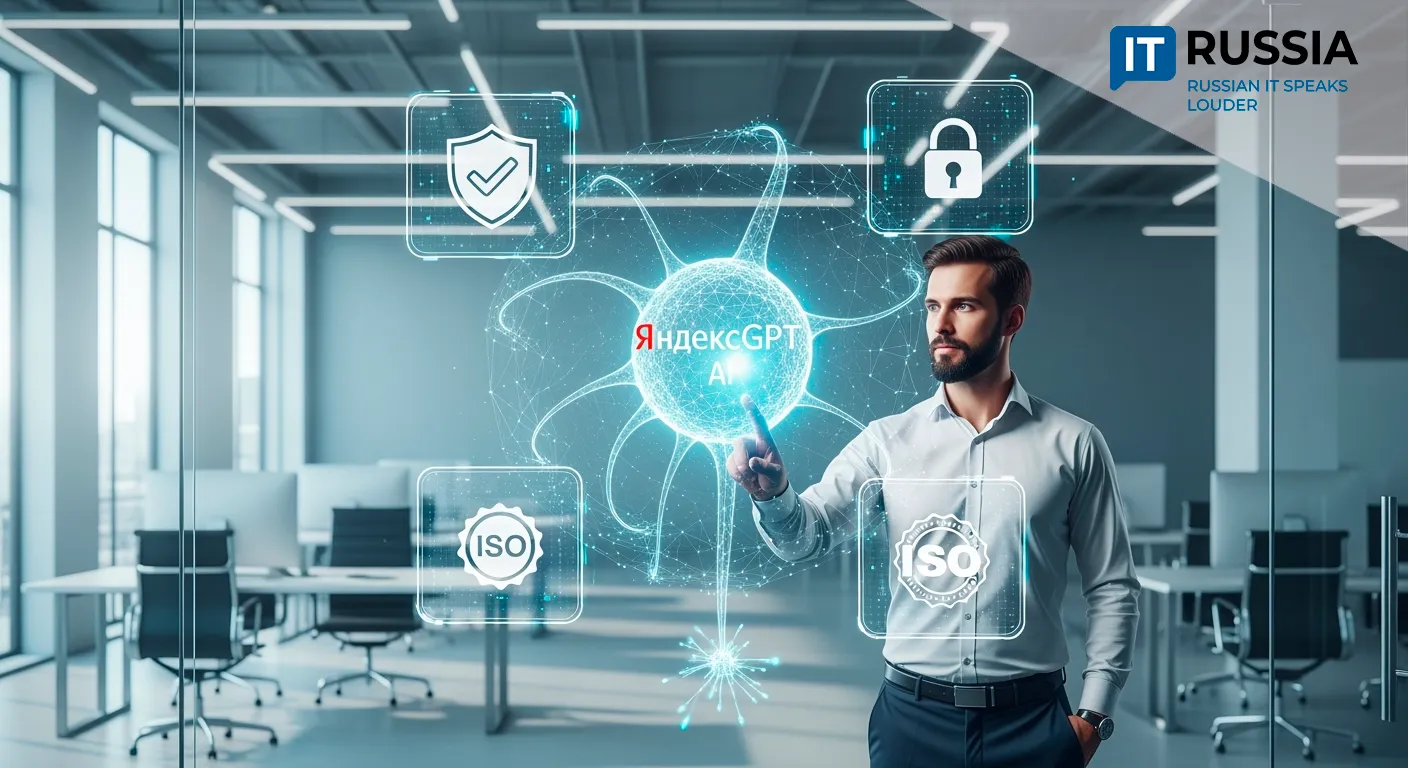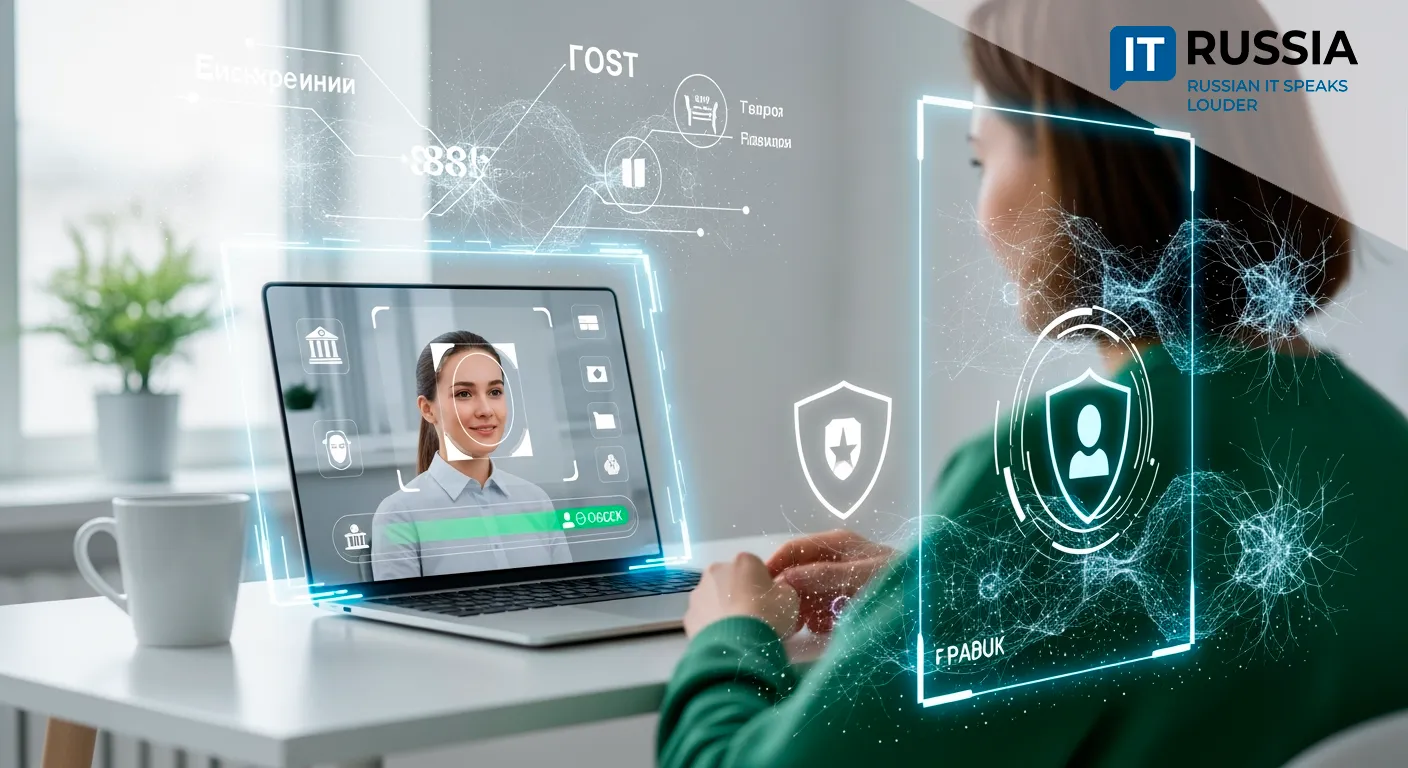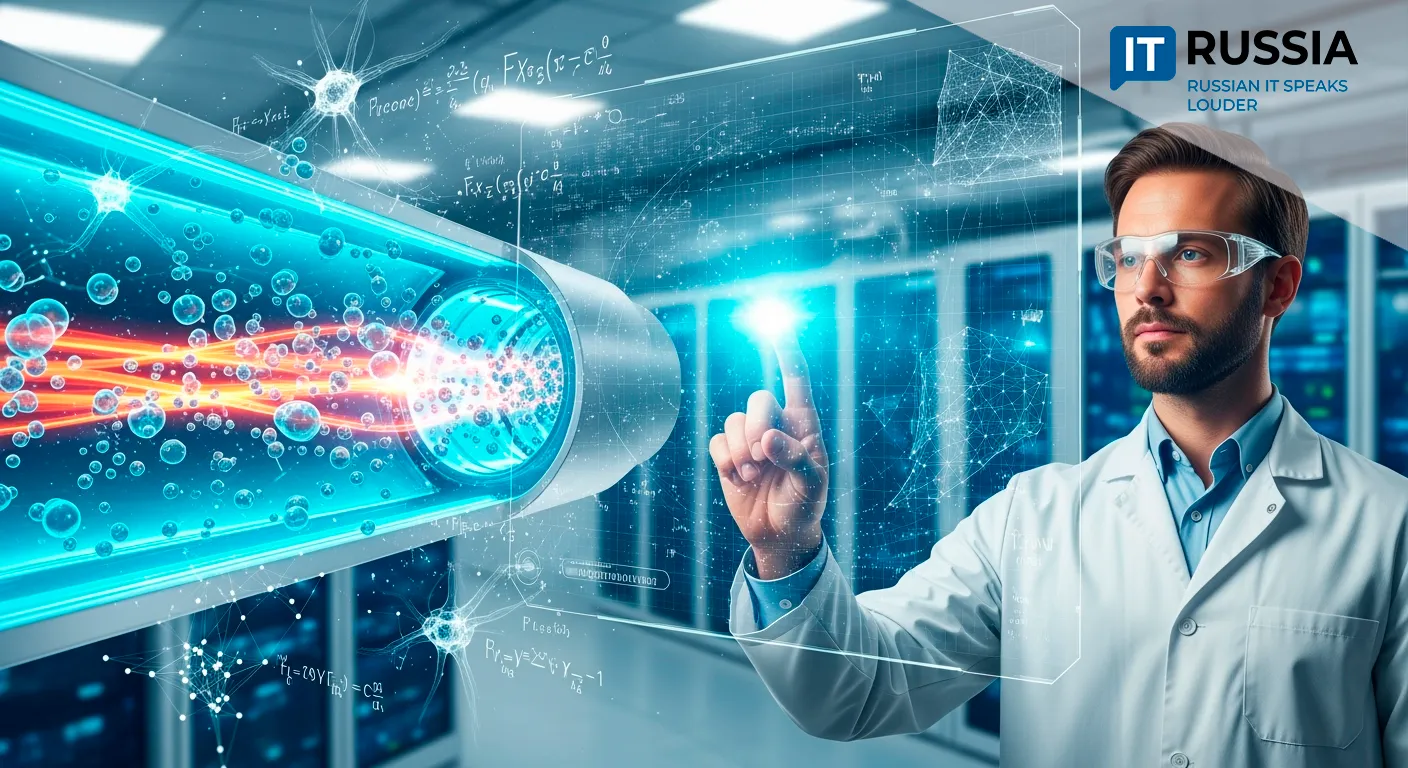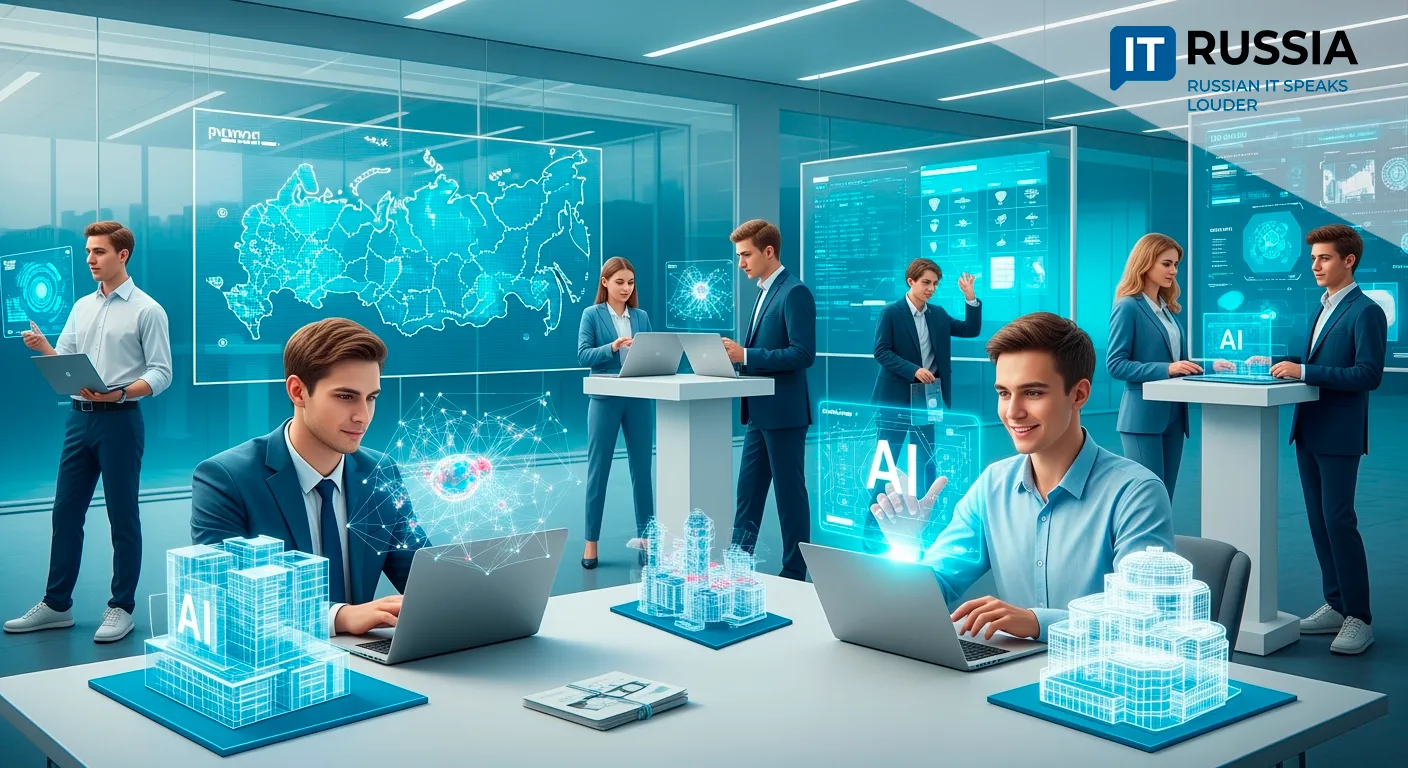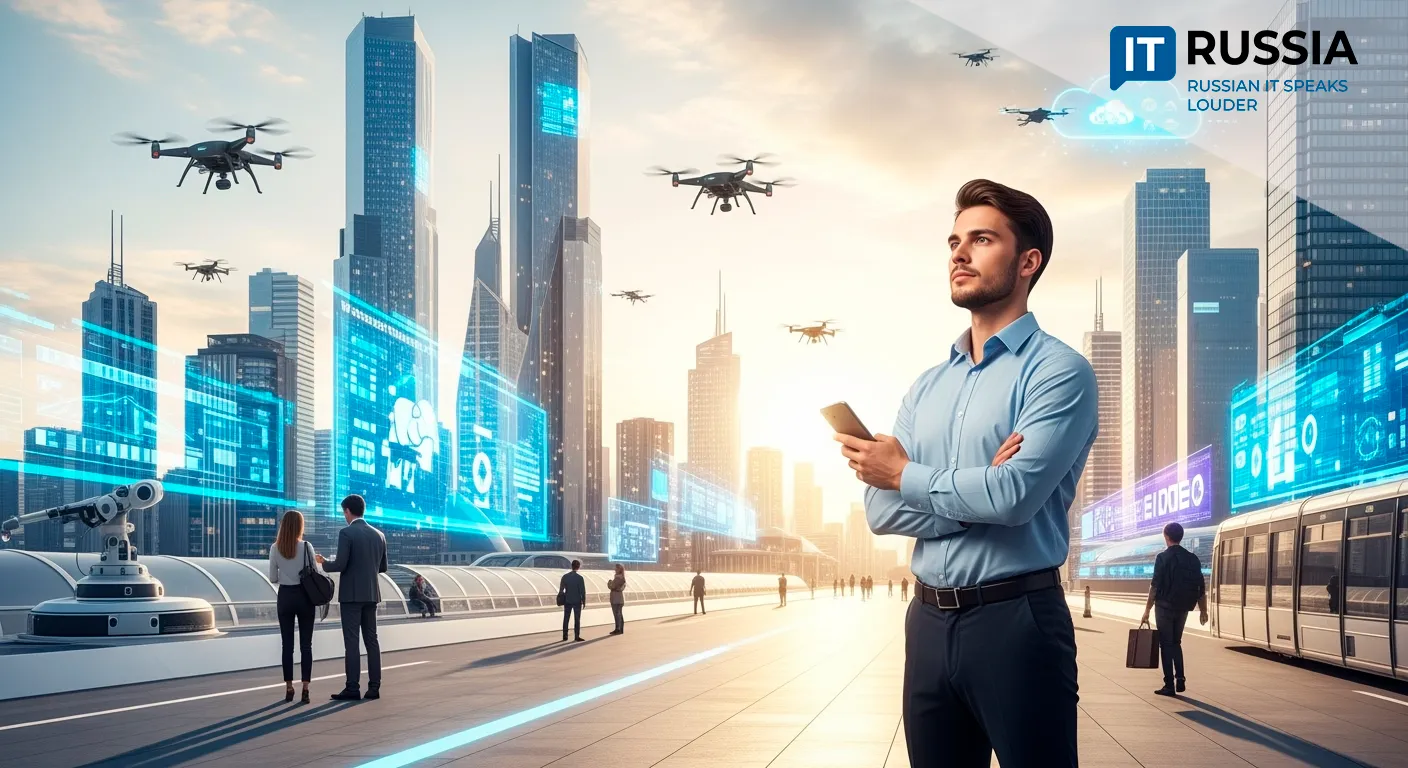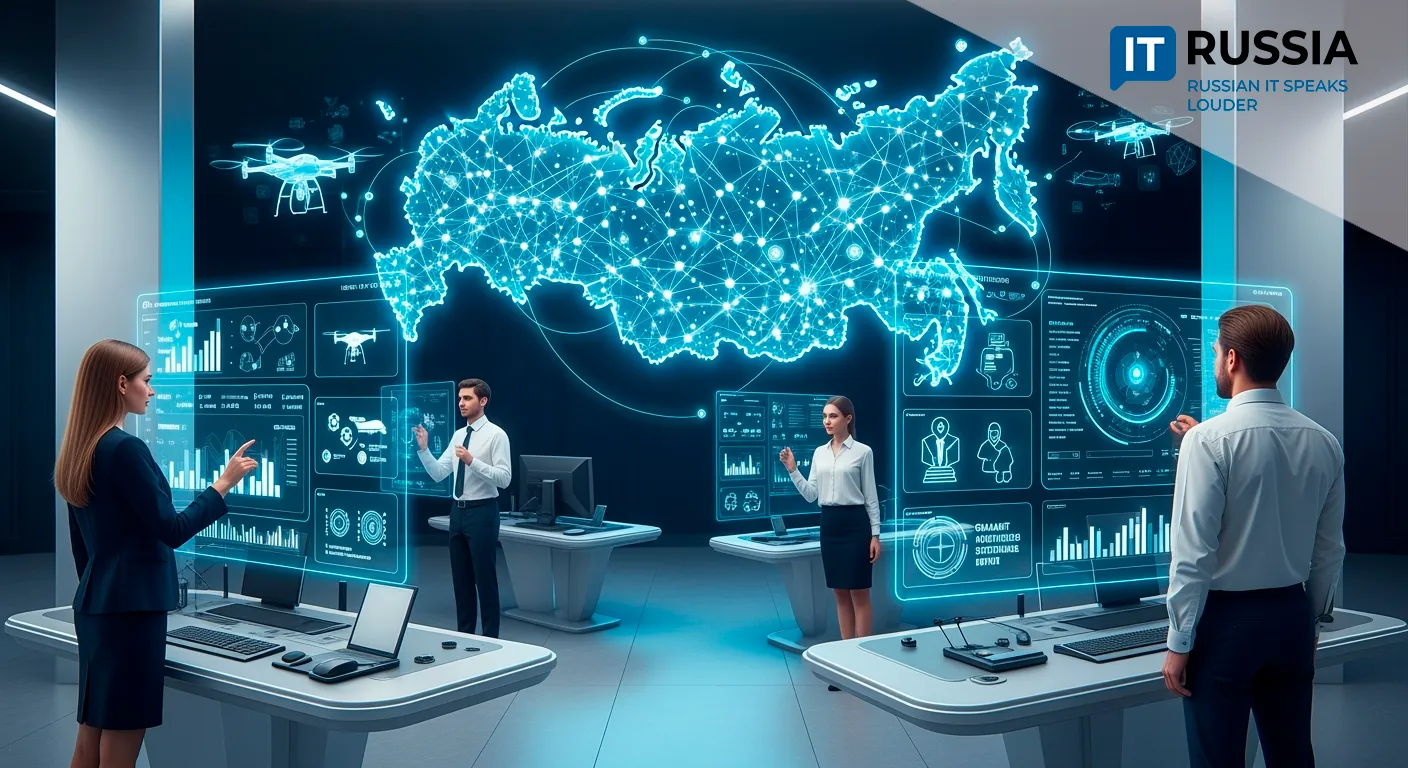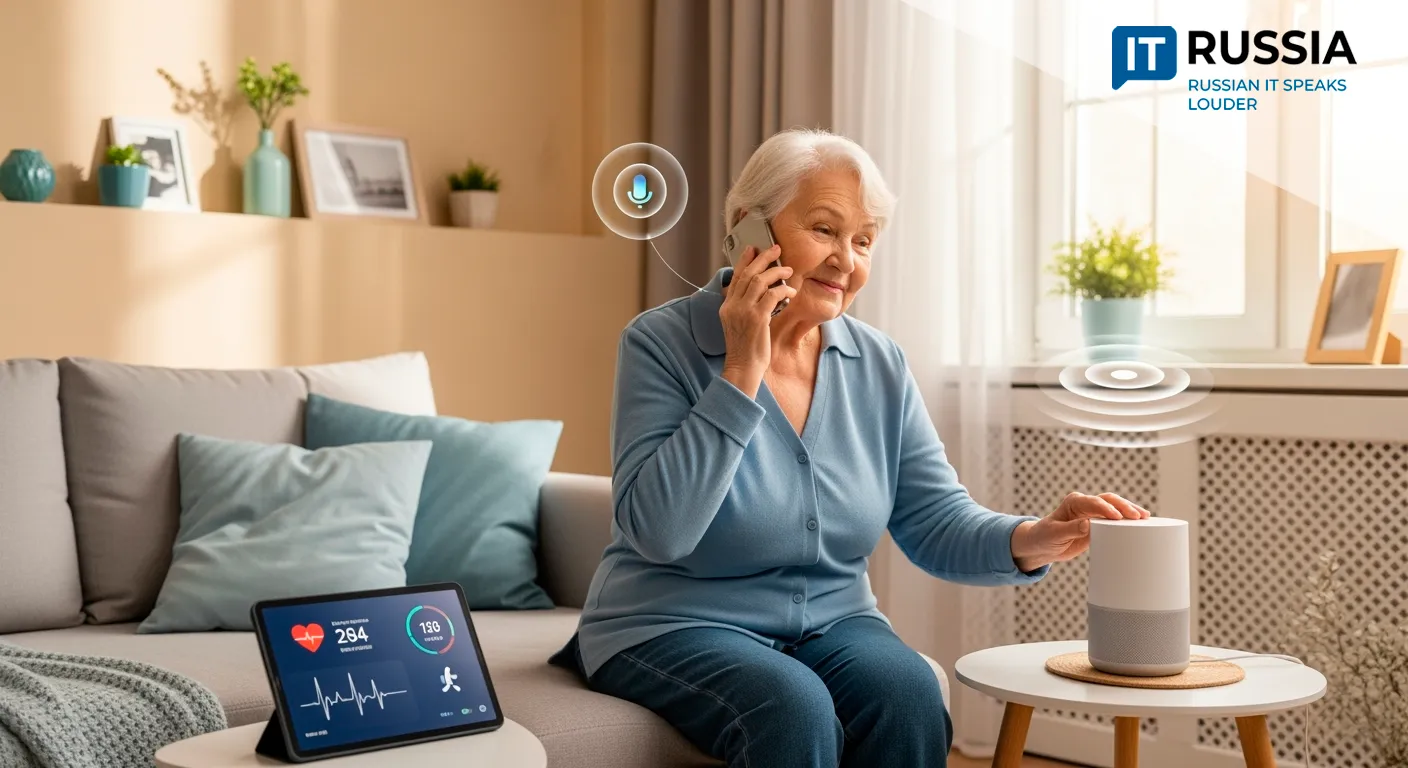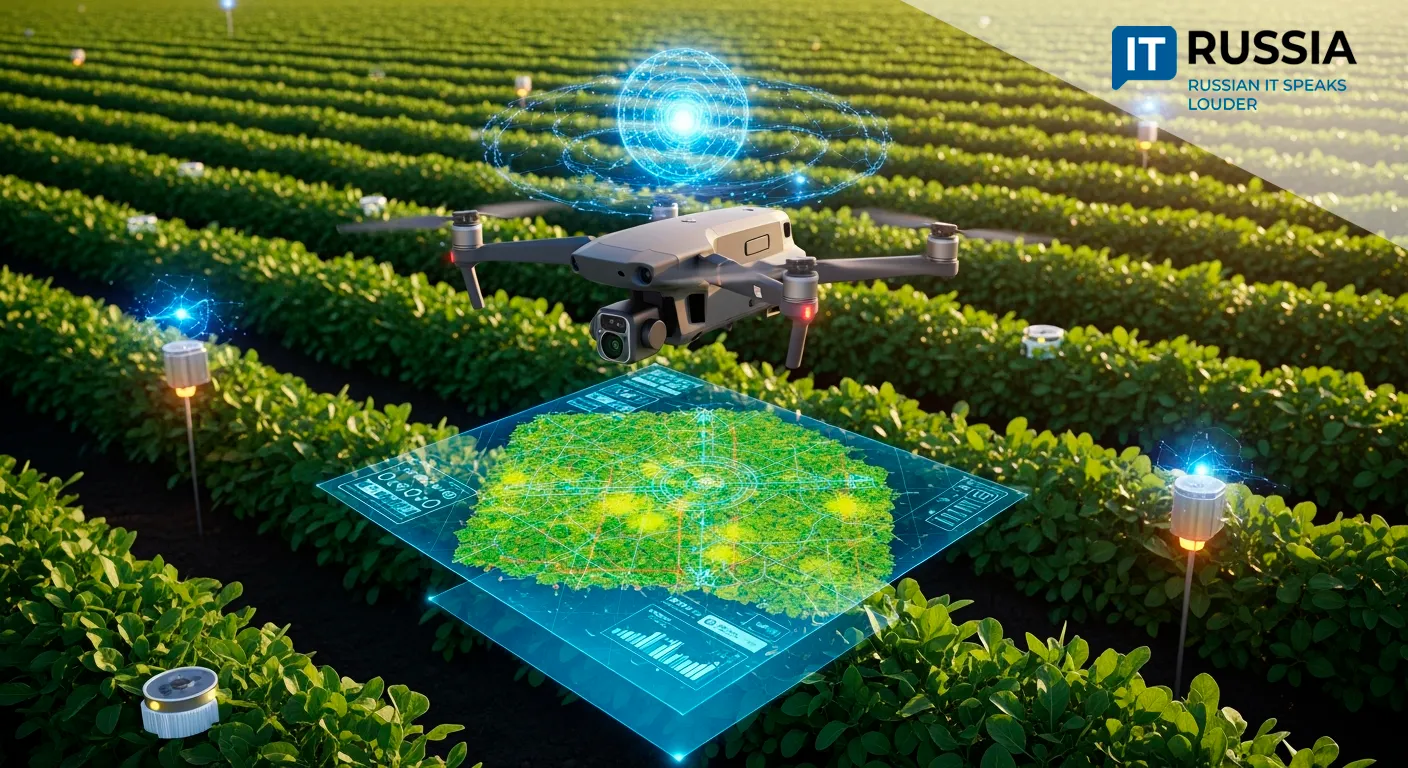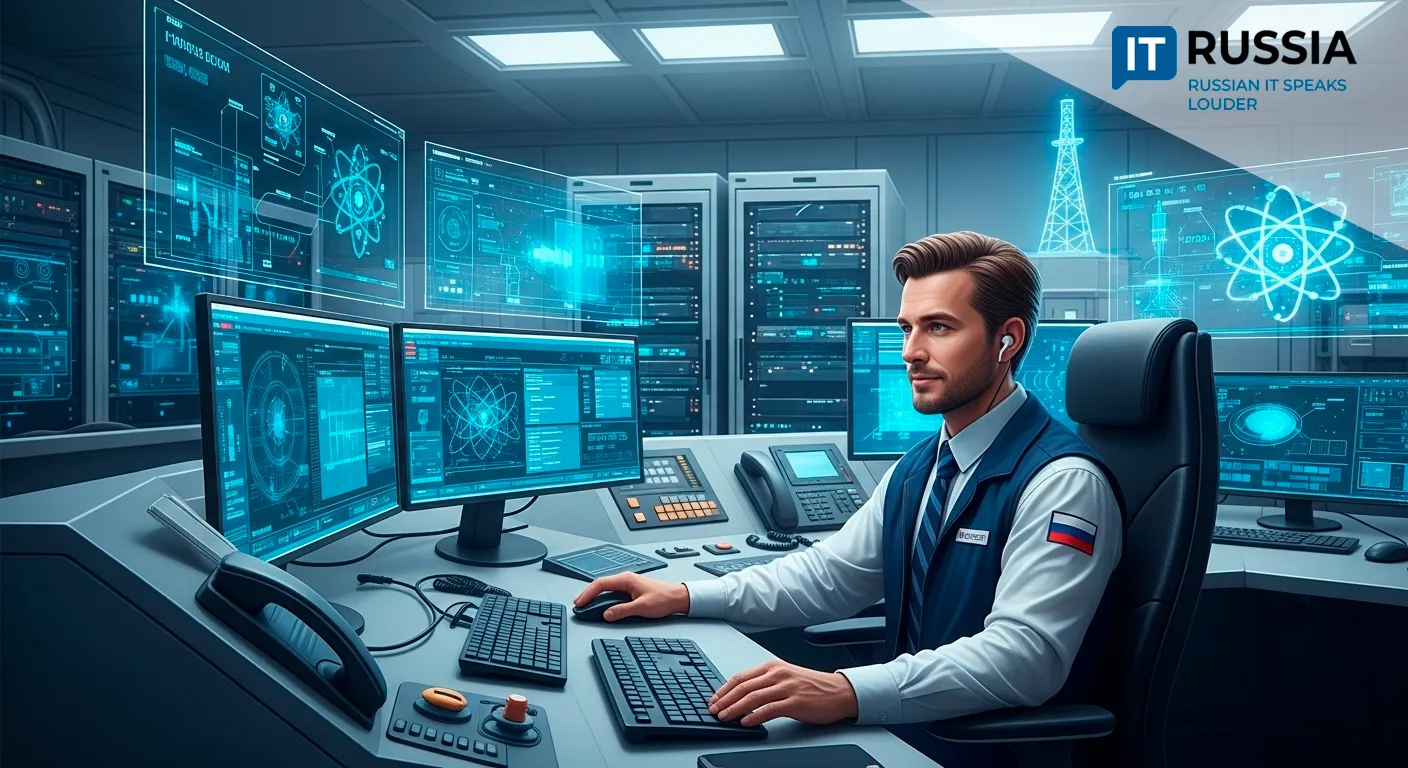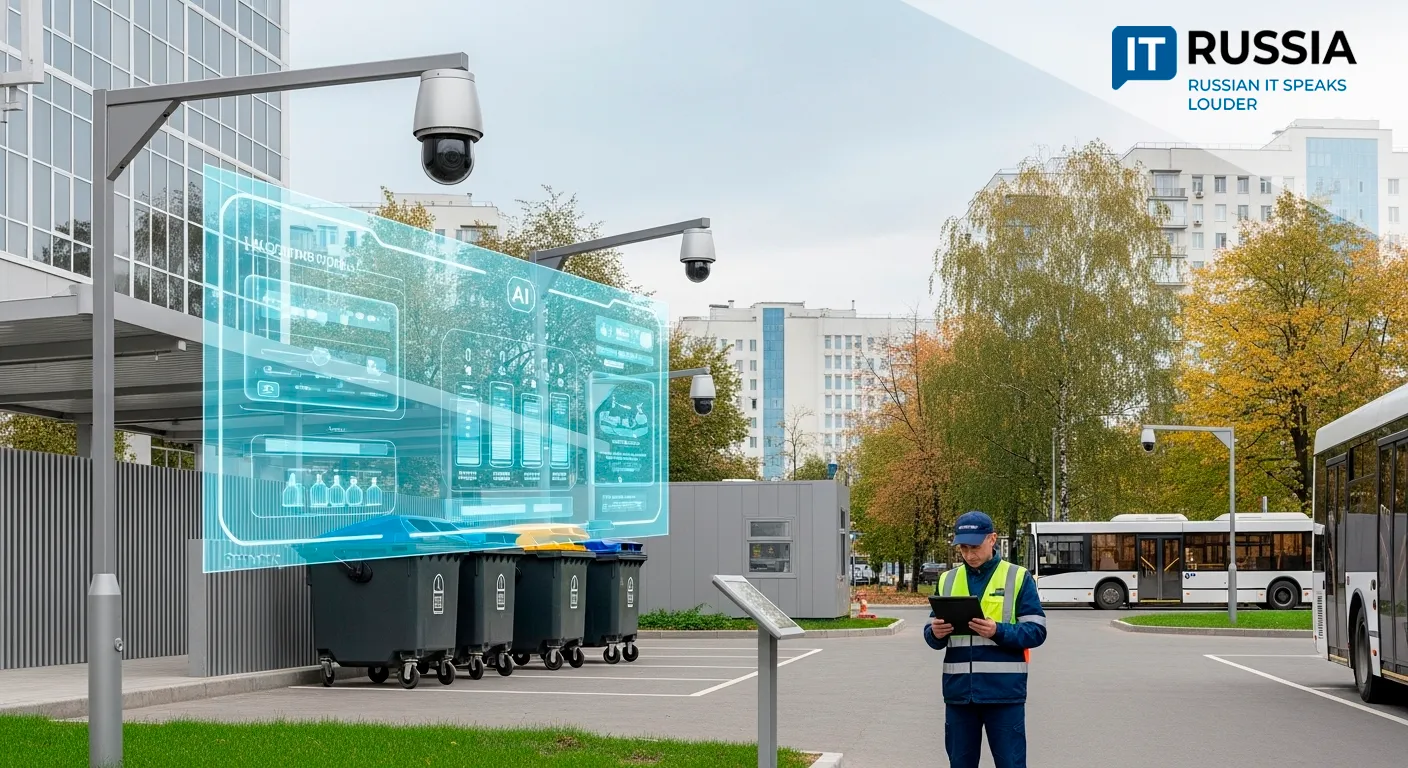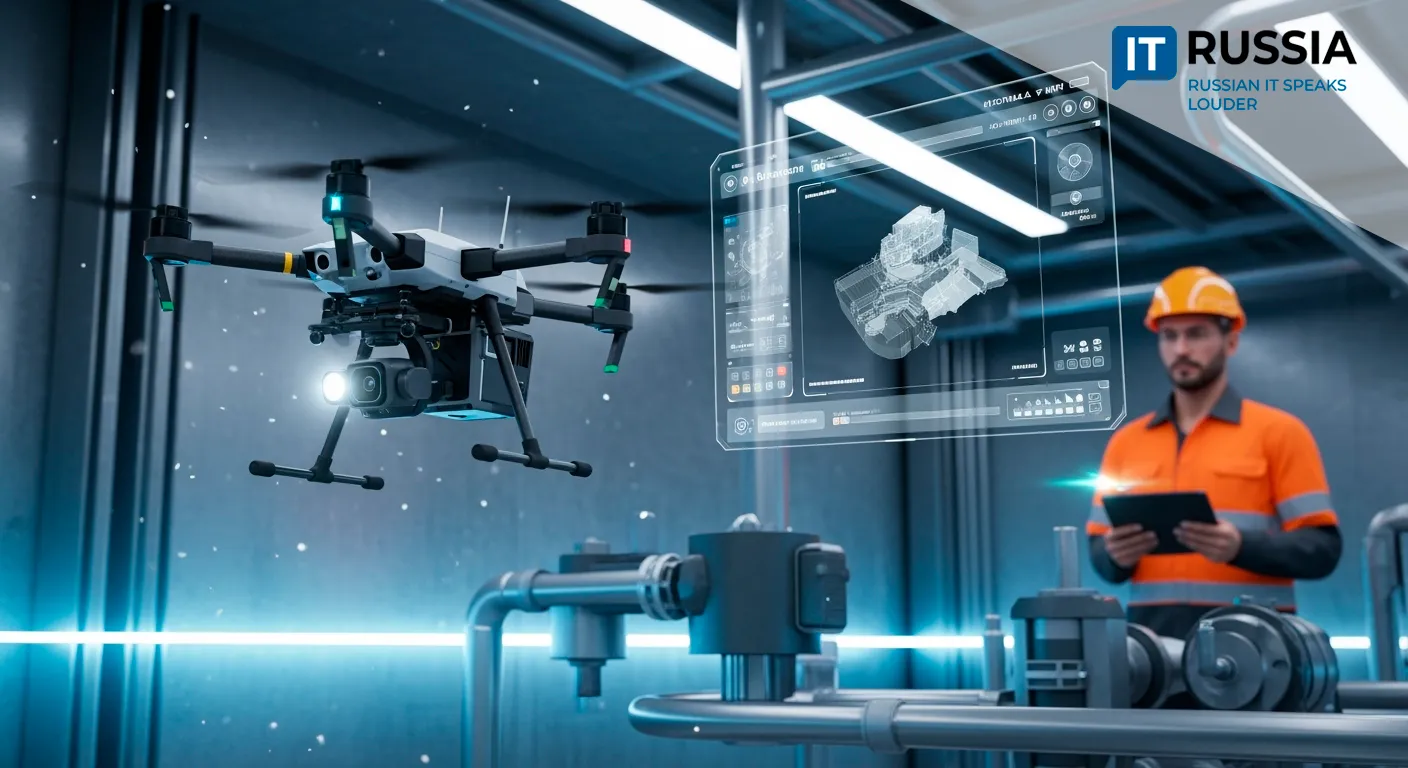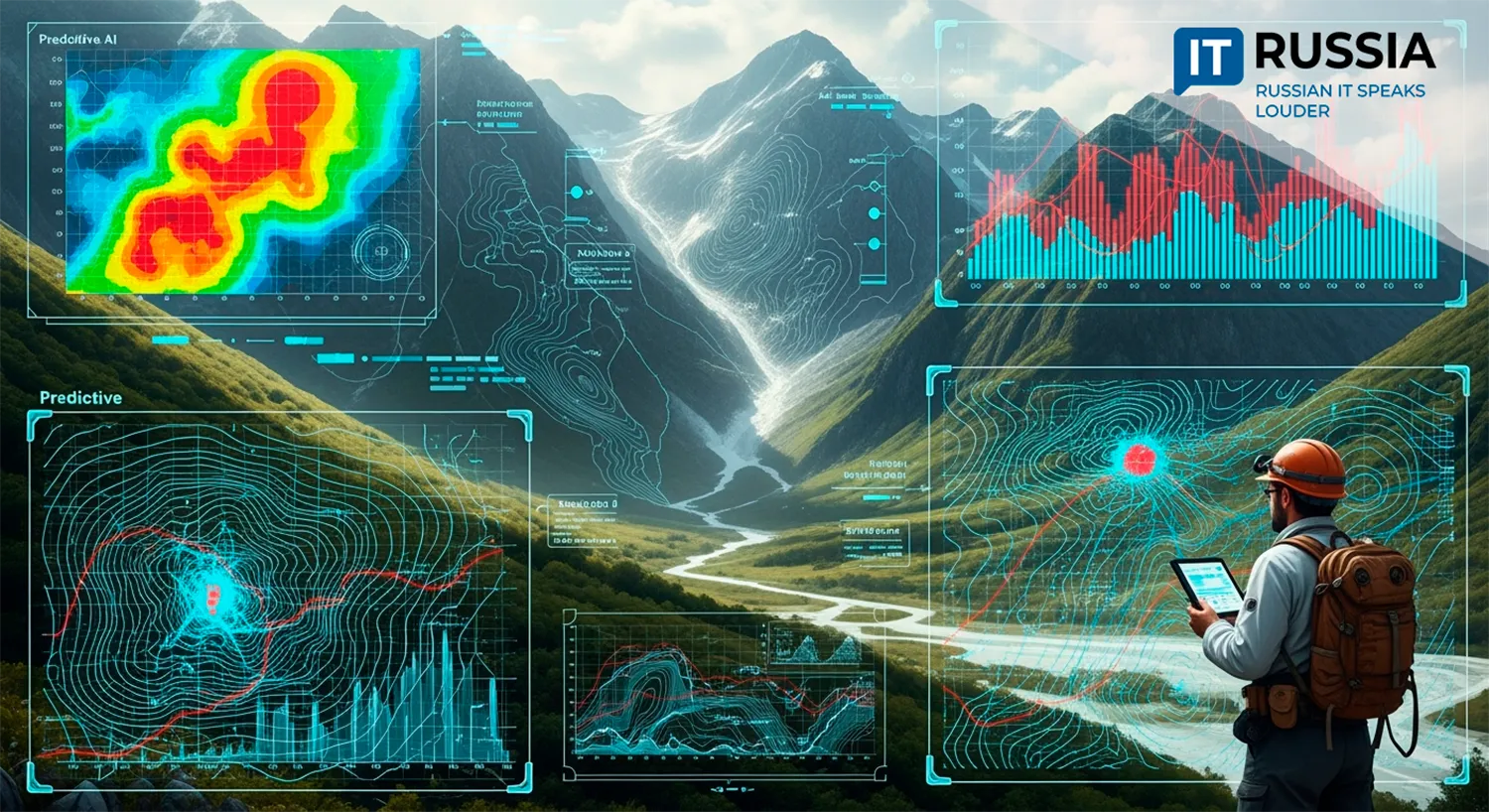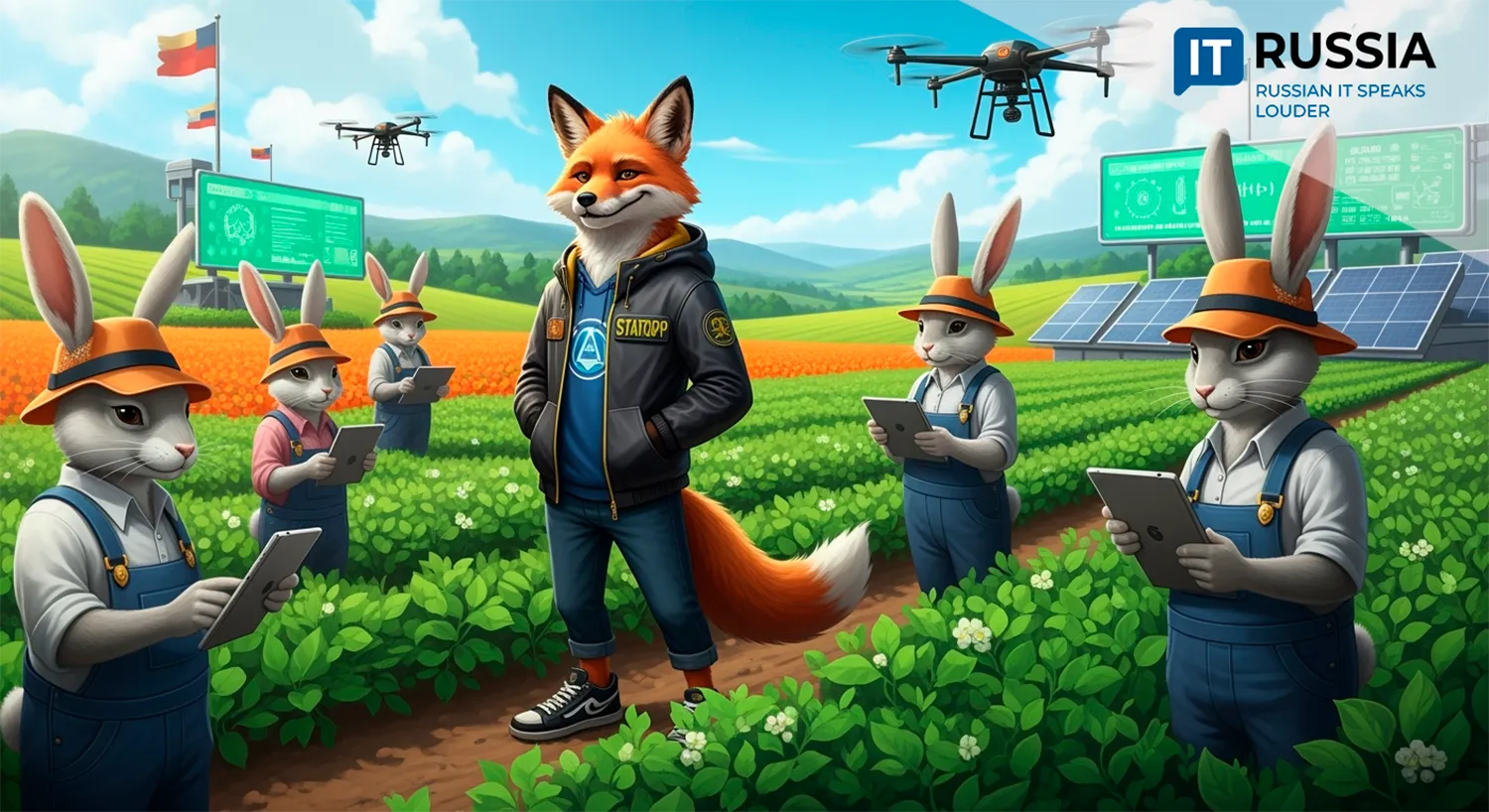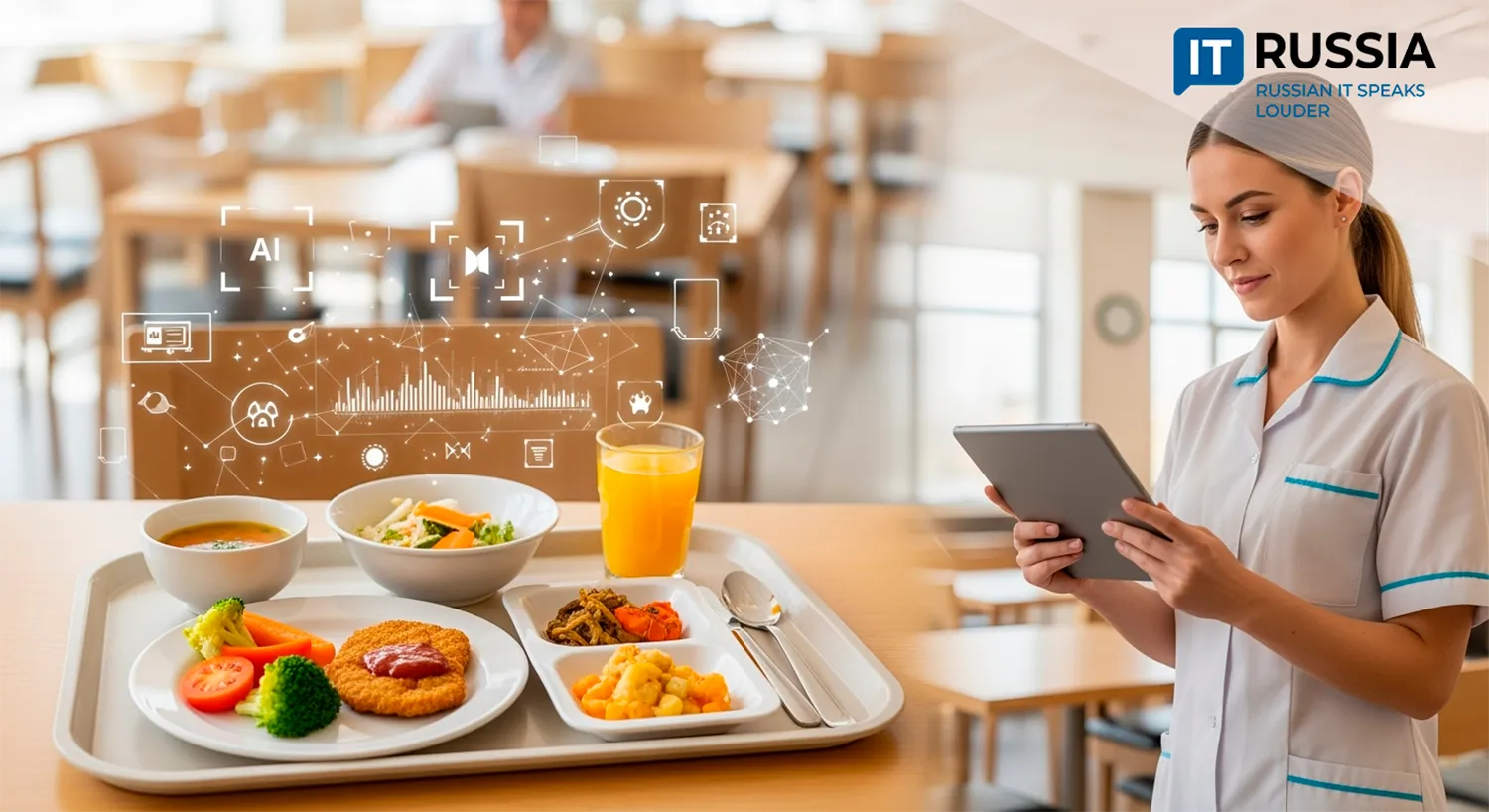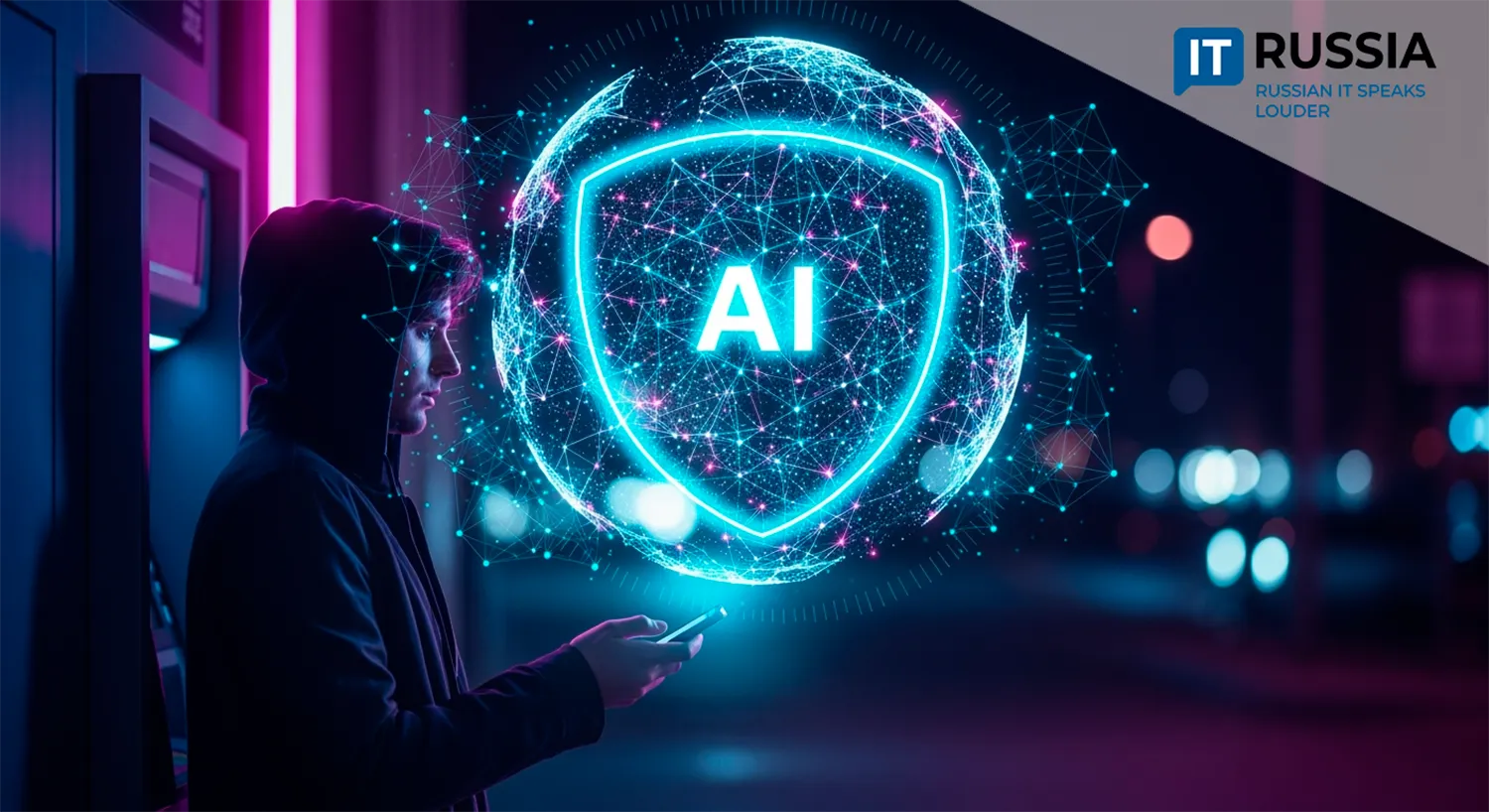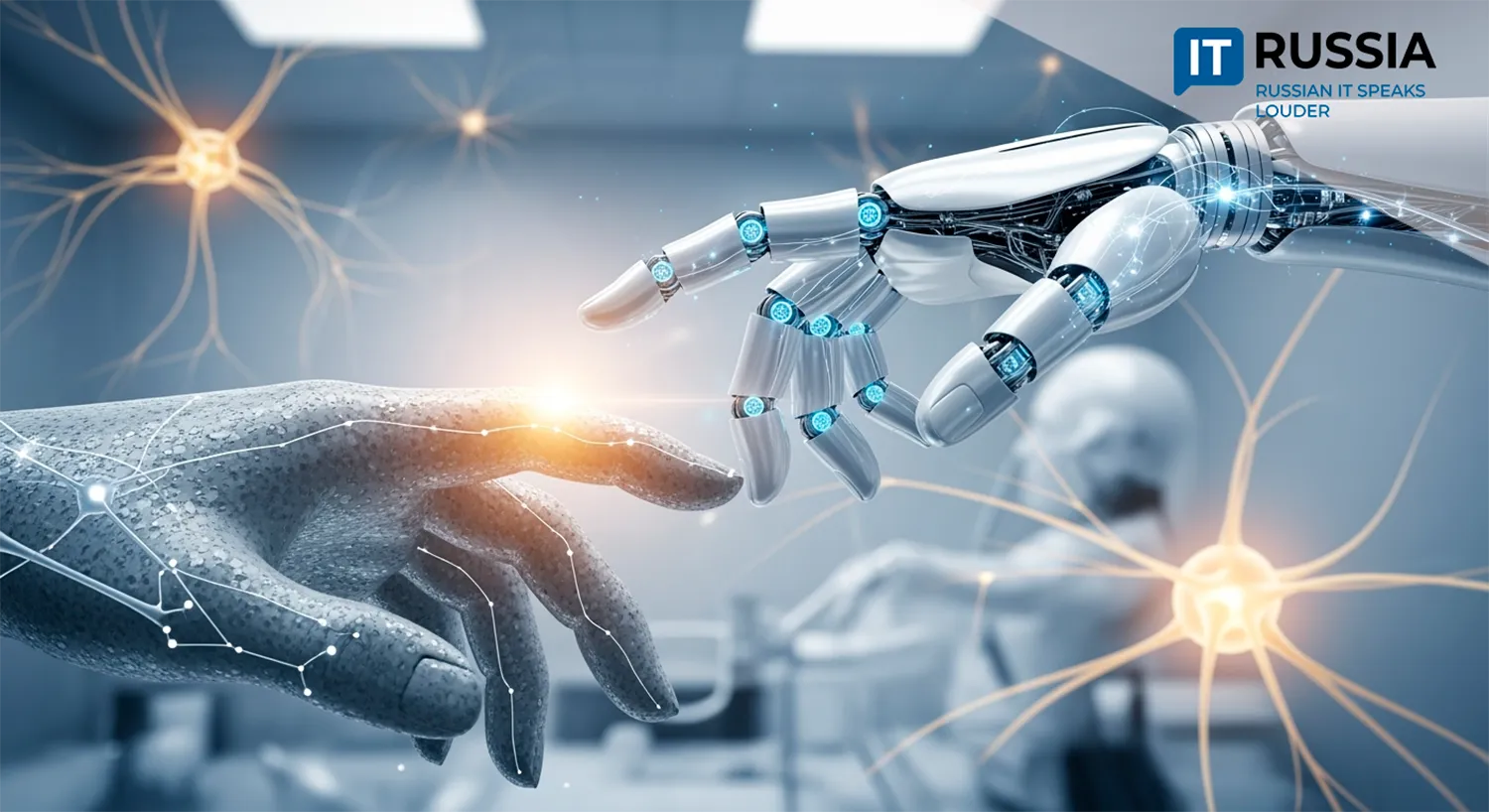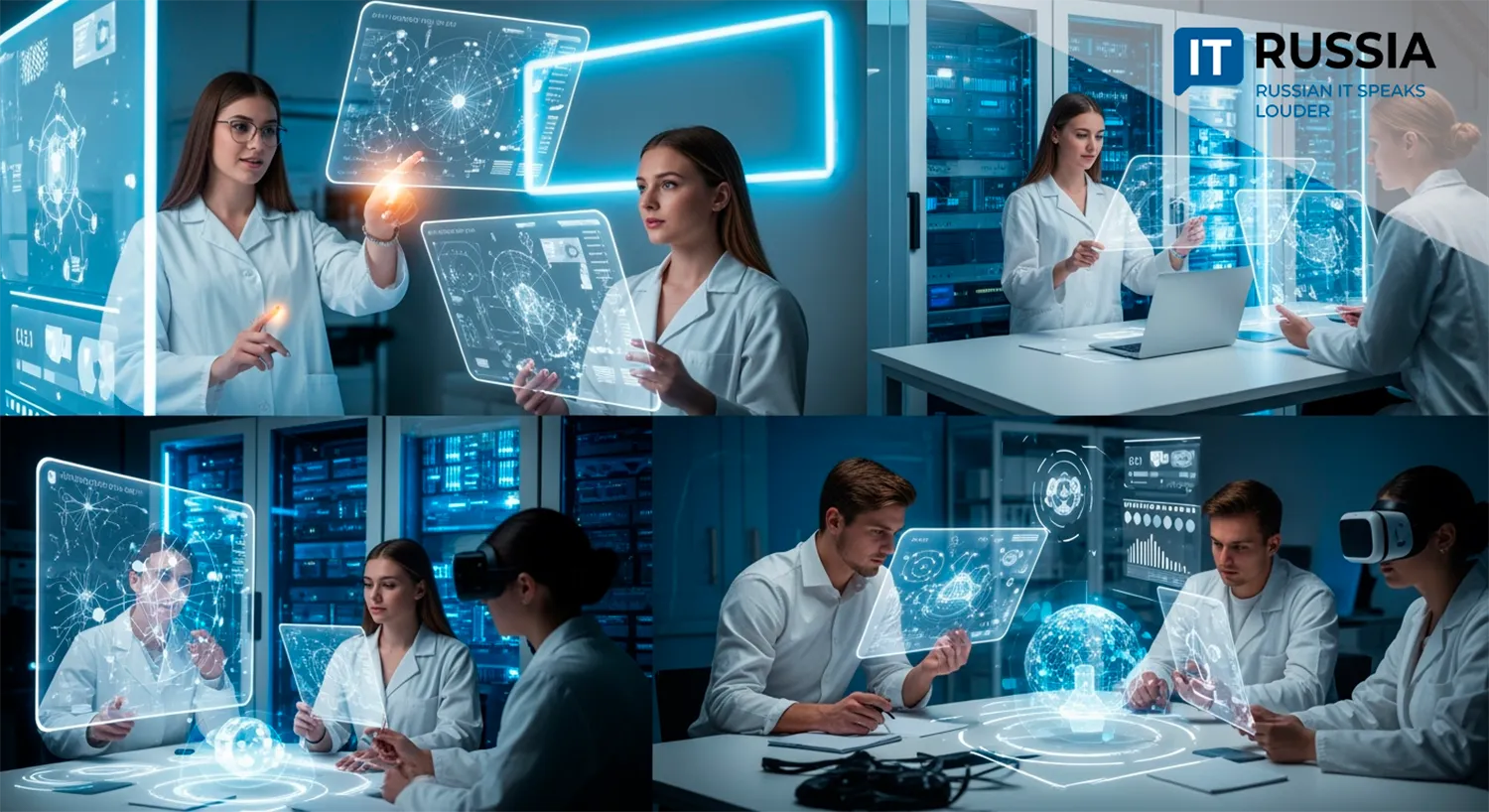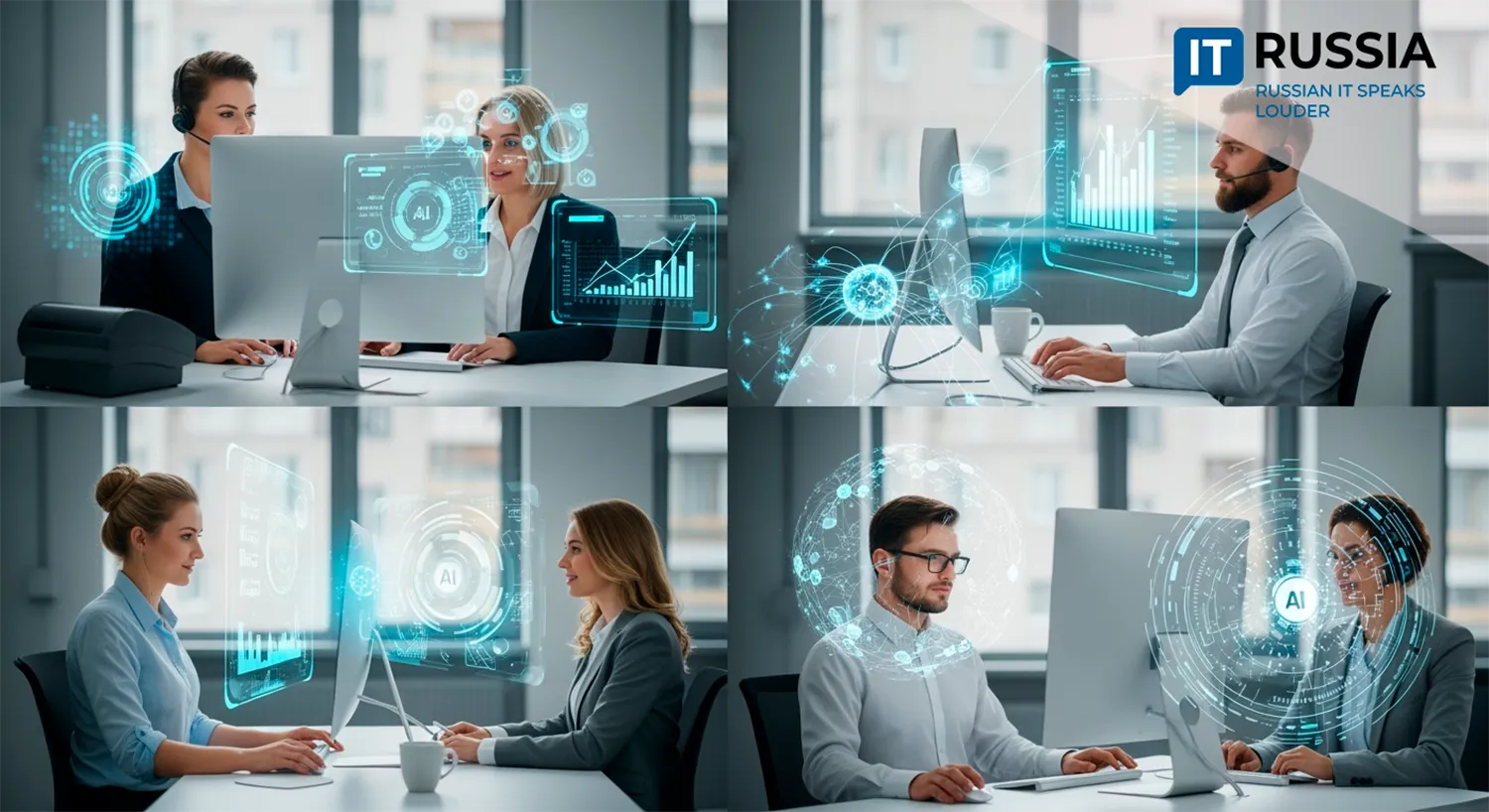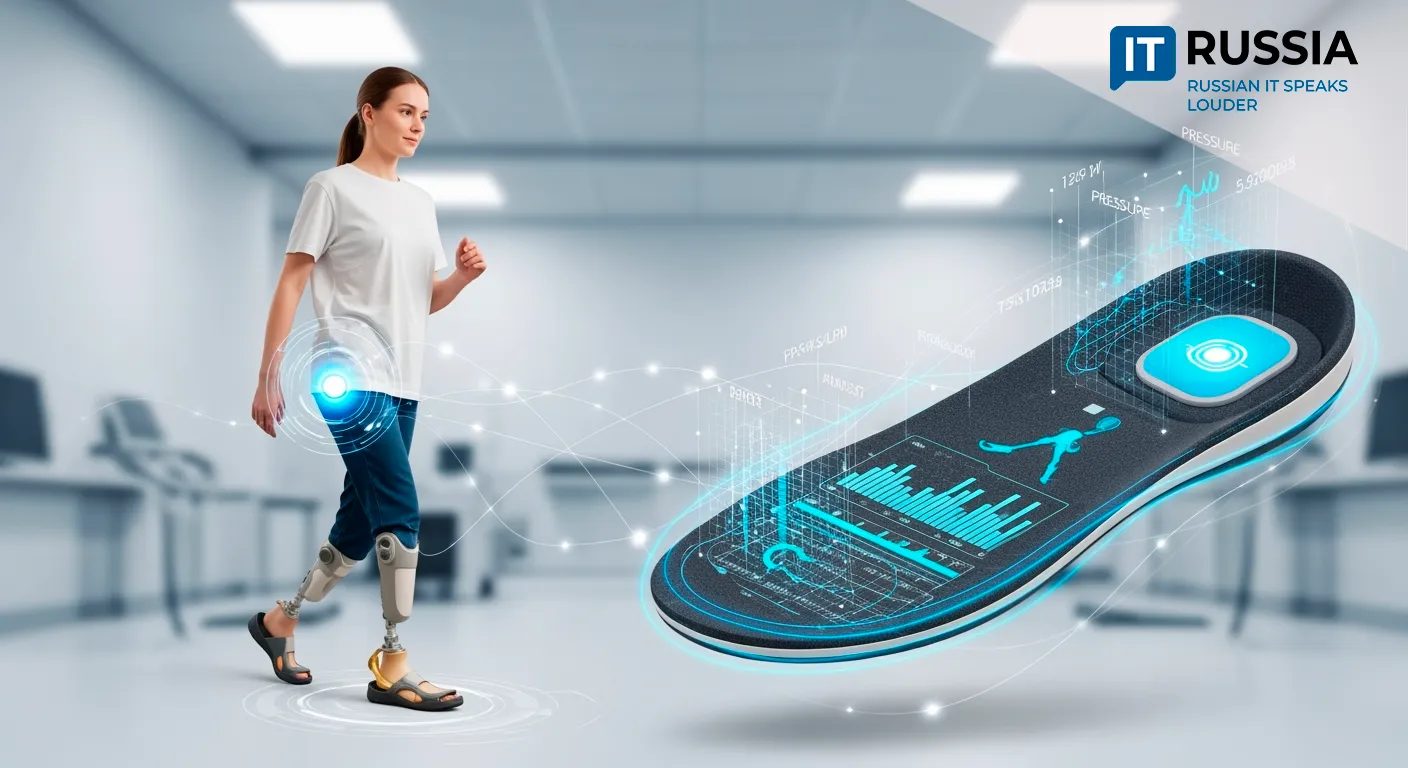AI Upgrades Urban Transport in Nizhny Novgorod with Fully Domestic Technology
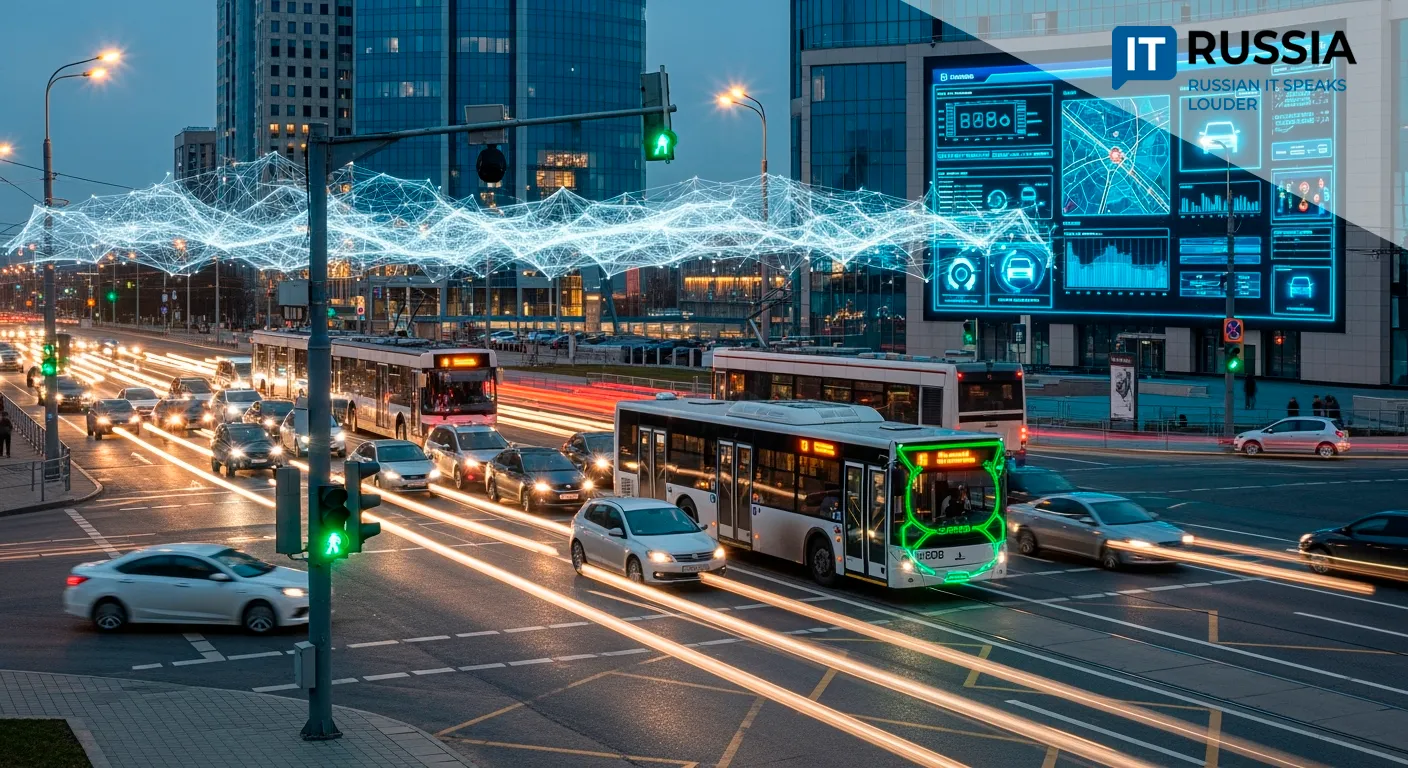
Nizhny Novgorod is building Russia’s first large-scale intelligent transport system based entirely on homegrown hardware and software.
Built Entirely In-House
At the heart of Nizhny Novgorod’s project is a collaboration between three Russian companies. VZOR Plant manufactures THOR-x3 detectors, Netvision develops the algorithmic core, and Netline manages system integration. This effort unites Russia’s domestic electronics manufacturing base with its advanced software engineering.
The THOR-x3 units are compliant with the Ministry of Industry and Trade registry and run on 'Elbrus' architecture processors with Neurobyte neural modules. The firmware is entirely free of foreign code.
Today, 220 detectors are already in operation across the city. That number is set to reach 340 by 2026. Paired with over 600 video analytics cameras, these detectors are forming a responsive digital ecosystem—adapting traffic light signals in real time, preventing bottlenecks, and detecting accidents before the driver even exits the vehicle
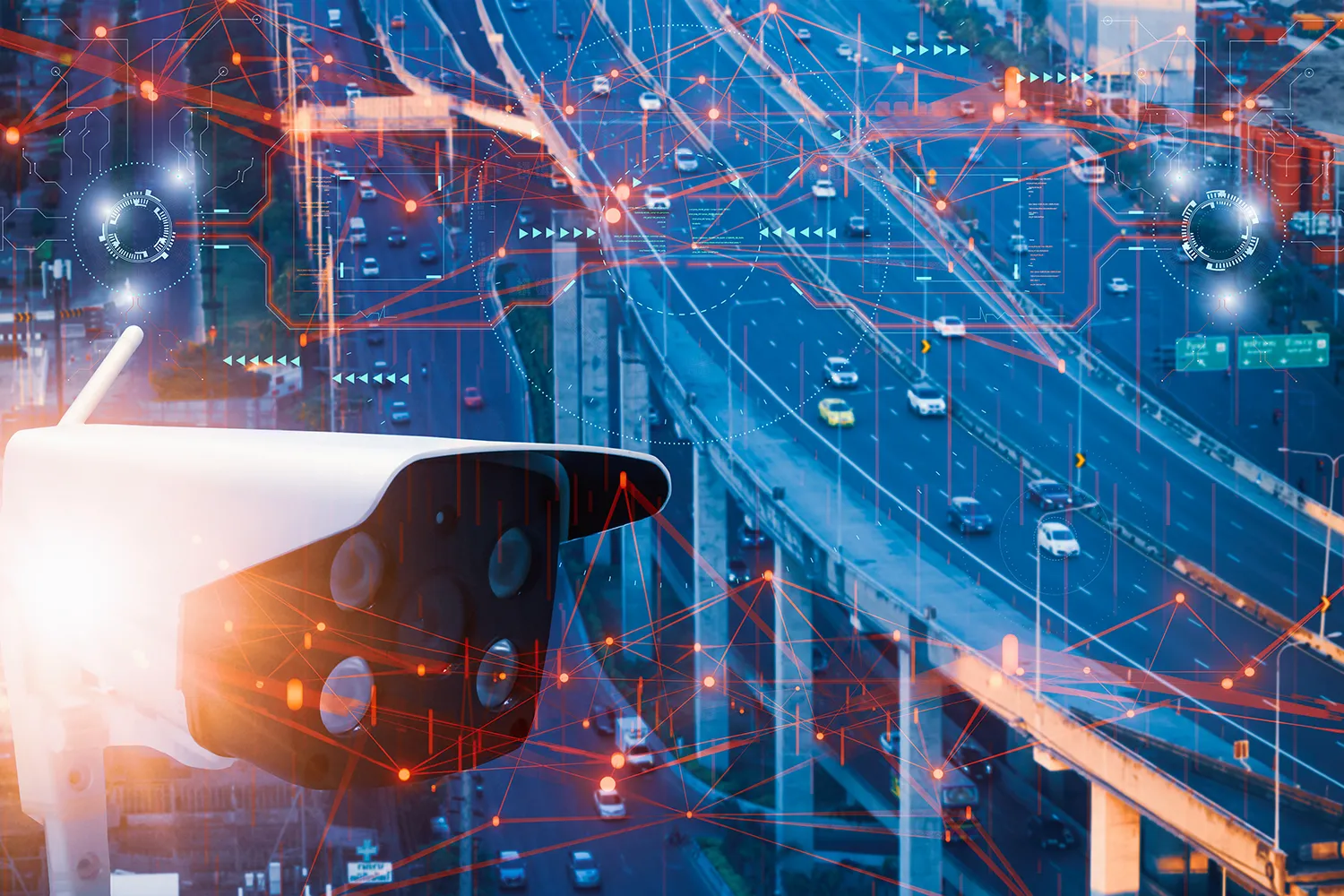
For the transportation sector, the system signals technological maturity: it’s no longer just about assembling a smart traffic light, but producing every circuit board and software line domestically. For Russia, it reduces dependency on imported technology—crucial for critical infrastructure. For citizens, it translates into real-time traffic relief and faster emergency response, with dispatch times cut by 3–4 minutes thanks to early crash detection.
How It Started—and Where It’s Going
The project began in 2022, when ten initial detectors were installed on Rodionova Street. Initially operating offline, the system launched real-time control one year later, enabling rapid network growth. Similar deployments followed in Moscow, Novosibirsk, and Crimea.
Globally, Russia is keeping pace with urban transport trends. London is piloting its SCOOT-M system, while Seoul has implemented adaptive signaling at 80% of its intersections. But unlike these cities, where core infrastructure often depends on foreign technology and cloud platforms, Nizhny Novgorod’s solution—from silicon chip to dispatcher interface—is entirely Russian-made.
With strong support from the Nizhny Novgorod regional government, all signalized intersections in the city will be equipped by 2026. Afterward, the system is expected to scale to Dzerzhinsk, Bor, and Arzamas.
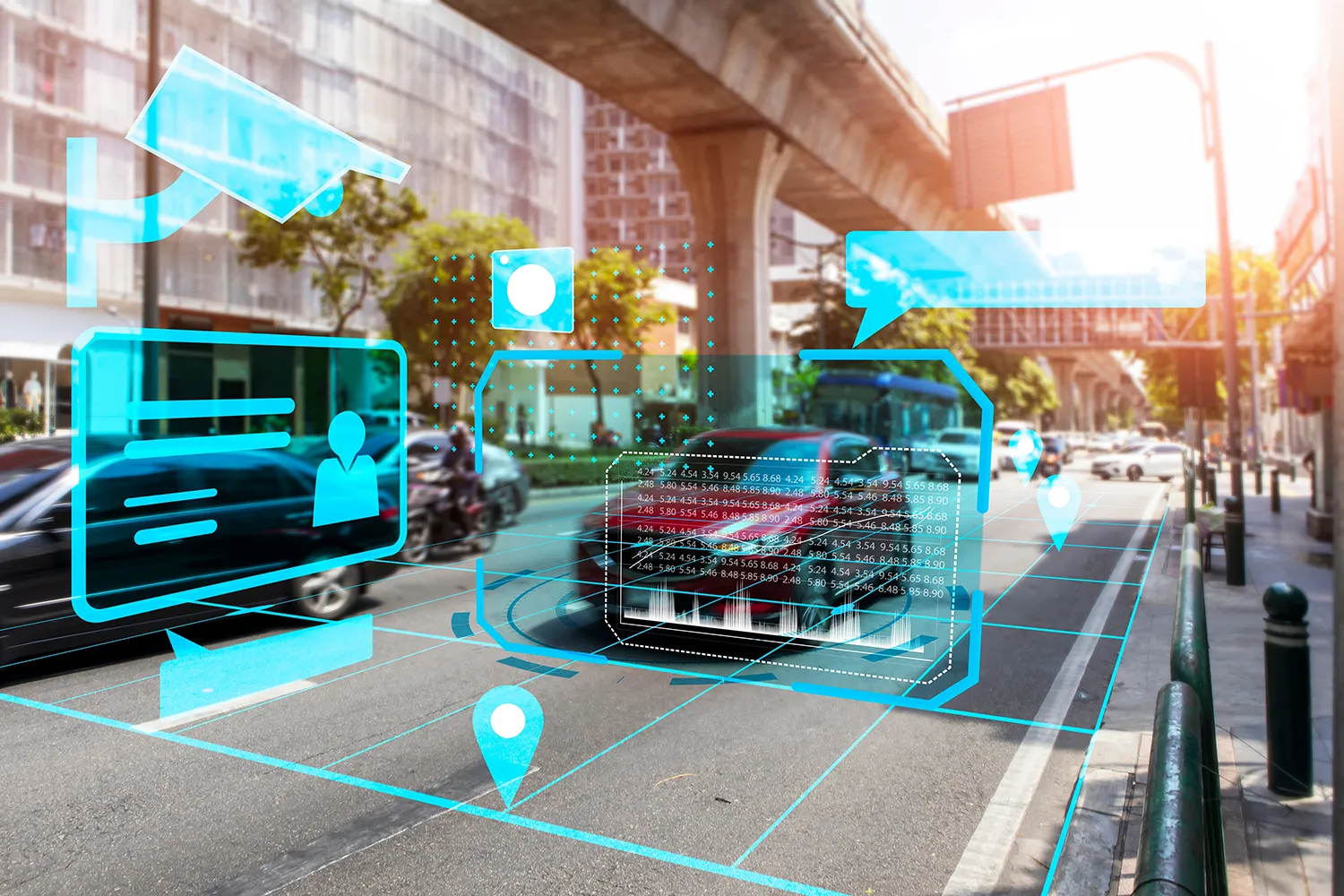
A priority module for public transport is also in development. Buses and trams will be assigned identifiers, allowing traffic lights to extend the green phase if a vehicle slows at an intersection—helping maintain timetables even during peak hours.
Next comes predictive crash prevention. Using 10 million anonymized data points, the AI is trained to detect risky driving patterns in advance. It can slow down traffic, trigger warnings on dynamic signs, and improve the chance of avoiding a collision.
A Platform Designed for Export
The platform’s export readiness is a strategic asset. As a fully domestic solution, it is exempt from third-party export controls—making it attractive for cities like Minsk, Astana, and Tashkent, which are already testing the system.
The core software has been translated into English and Spanish to support Latin American market entry. Financially, the system is also competitive: a single camera-detector-controller unit costs 25% less than comparable Western products.
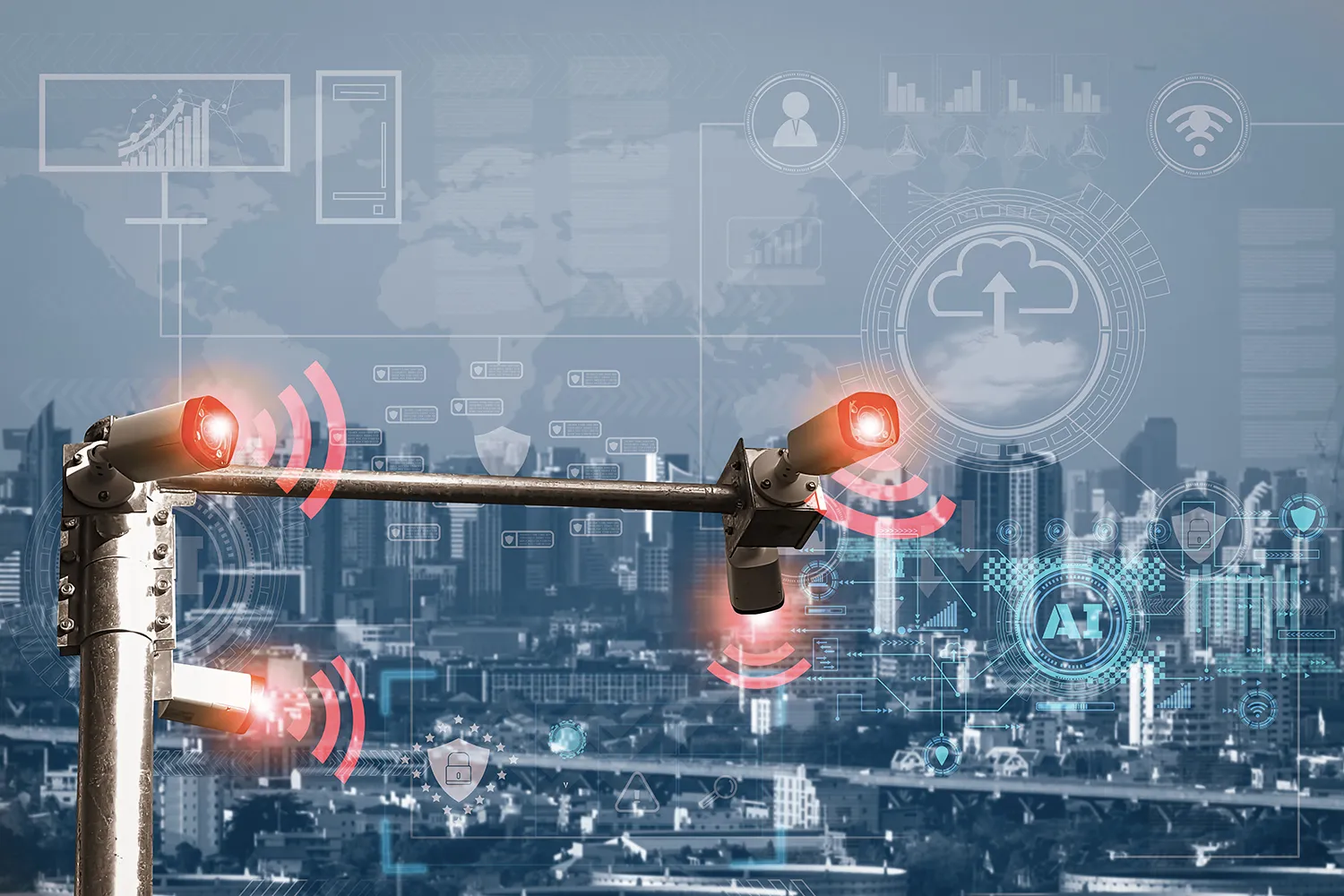
From Smart Traffic to Smart Cities
In the next 2–3 years, modules for transit prioritization and accident forecasting will be deployed, alongside a centralized traffic management center. The hub will process citywide telemetry, combine it with weather data, and analyze metro and surface transit passenger volumes.
Looking ahead five years, the city aims to integrate transport analytics with environmental and energy systems. Smoother vehicle flows will reduce CO₂ emissions, while air quality sensors will send feedback to adaptive traffic lights. Residents will feel that the city breathes with them—accelerating in the morning rush, dampening noise during the day, and conserving energy at night.
If the roadmap is fulfilled, Russia won’t just have another ‘smart’ city project—it will have a fully exportable product for intelligent traffic control. Nizhny Novgorod is showing how national AI expertise can transform the urban environment using technologies built from the ground up—and ready to scale across the country and beyond, to cities where traffic chaos awaits a Russian-made fix.


